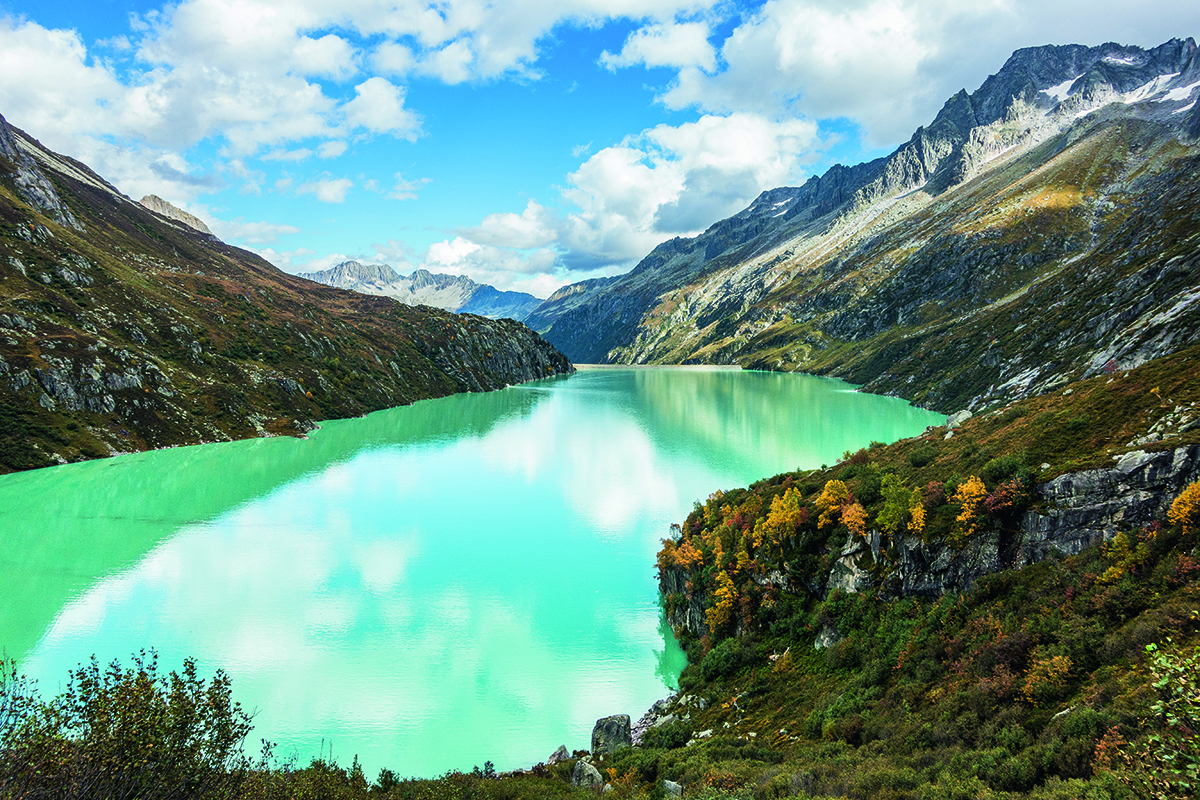
The Göscheneralpsee reservoir west of Andermatt is fed by the Dammastock glaciers.
Climate change is creating challenges for mountain resorts the world over. In Switzerland, a new luxury resort is leading the way in incorporating ecologically sound design into every aspect of their development. Jenny Southan discovers the innovations and advances being made in Andermatt
We all know that climate change is a problem, but for ski resorts, which rely on consistently sufficient snowfall, the challenge is particularly pressing – as snow, especially at lower altitudes, decreases, many will be forced to shut down (hundreds have already been abandoned across the Alps). And as the number of ‘snow-certain’ destinations dwindle, there is the added problem that by 2050, half of Switzerland’s 4,000 glaciers are forecast to have disappeared.
Follow LUX on Instagram: luxthemagazine
However, the good news is that humans are incredibly innovative, and if serious steps are taken now to combat carbon emissions, the negative effects of climate change could be mitigated. Leading the way in Switzerland is the Andermatt Swiss Alps (ASA) development project, which is one of just a small handful of resorts that is taking serious steps to up its eco credentials and ensure its longevity as an outpost for winter sports.
Stefan Kern, head of PR and communications for ASA, says: “The project is heavily dedicated to sustainability. This is a core value of all our activities – from energy consumption to construction and gastronomy. We are proud to be on the way to being a fully carbon-neutral holiday destination.”
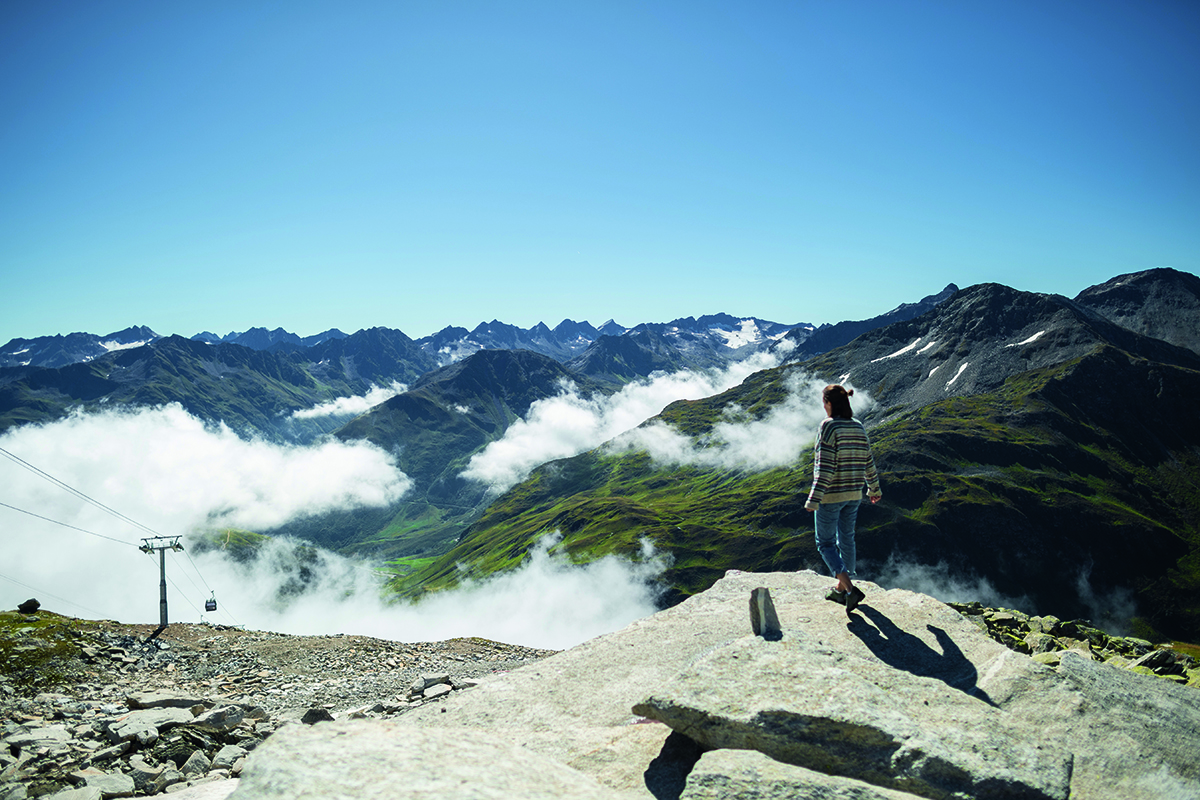
Looking down into the Ursern valley from Schneehüenerstock. Image by Valentin Luthiger
Demonstrating its commitment to the cause, ASA teamed up last year with the Swiss branch of American NGO Protect Our Winters (POW), which is helping it to devise sweeping, longterm initiatives to reduce its carbon footprint, as well as consumption of single-use plastic (none is sold at resort sites). At the beginning of 2020, ASA also launched Andermatt Responsible, a platform that “looks at the whole company’s footprint from heating to energy to water,” as Nicholas Bornstein, head and founder of POW Switzerland, explains.
Read more: Van Cleef & Arpels CEO Nicolas Bos on the poetry of jewellery
A political scientist with a Ph.D in Swiss environmental policy, there are few people better equipped than Bornstein to discuss combatting climate change in mountainous regions. He says that POW “allows me to combine my love of the outdoors with meaningful action”. He explains that his organisation works to “mobilise our community to implement climate change protection measures” via groups of local activists, professional athletes, companies and mountain guides, who act as ambassadors.
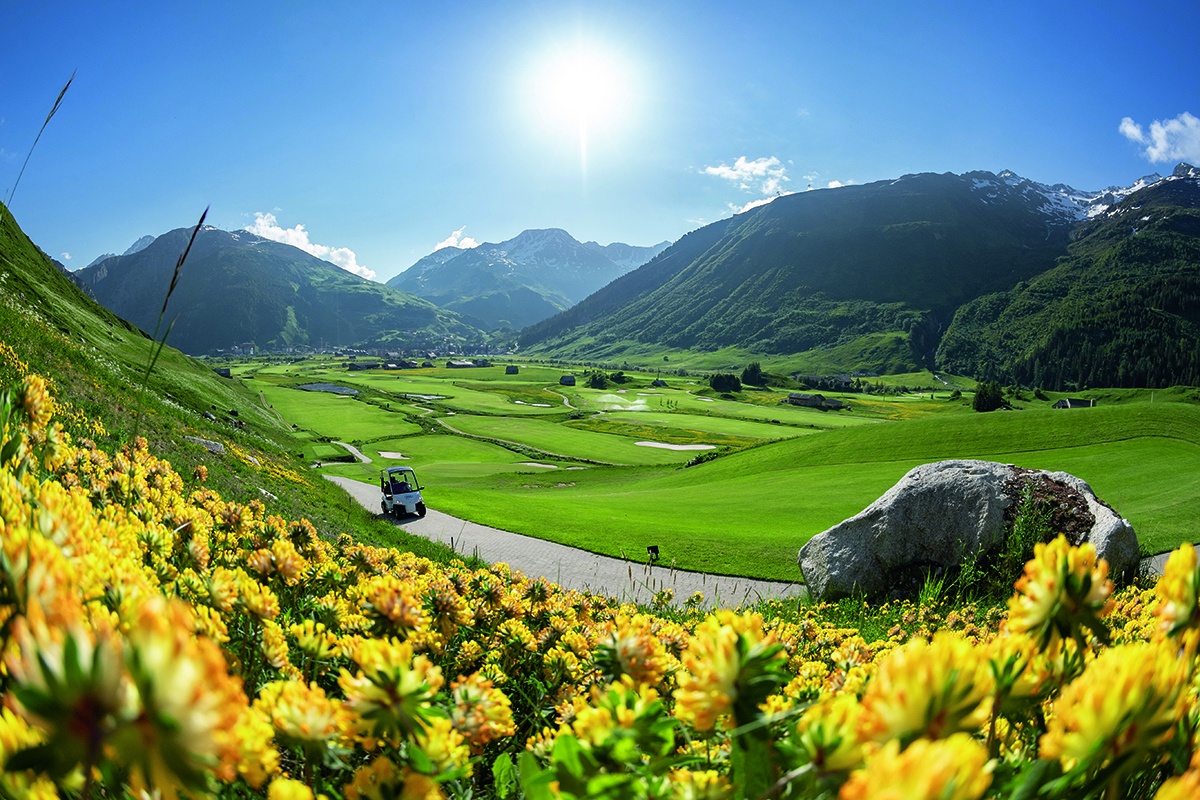
The Andermatt golf course. Image by Martin Wabel/Bildsektor.
How is climate change affecting Alpine ski resorts? In addition to making ski seasons shorter, Bornstein says: “The snow line has risen approximately 300 metres in the past 40 years, and is predicted to go up a further 500 to 700 metres by the end of the century, and this is putting a lot of ski resorts out of business.”
He also notes that conditions are becoming more dangerous. “We have seen avalanches in mid-winter of the kind that we would expect in April and May. They are becoming harder to predict.” Why? If the ground isn’t cold enough when it starts snowing, an insulating layer is created by the snow where heat is trapped and snow can slide off more easily. “We call these ‘fish mouth’ avalanches,” says Bornstein.
Read more: Jason deCaires Taylor on underwater art & ocean conservation
ASA has identified key contributors and is taking steps to reduce their impact. Bornstein says that approximately 50 to 70 per cent of CO2 emissions in Andermatt are from people coming to the resort by car so they are putting on extra trains from Zurich at weekends, offering discounted ski passes for people who don’t drive (driving in general here is restricted and there is a good bus system for those who don’t want to walk, including an electric bus). Andermatt Reuss is for pedestrians only.
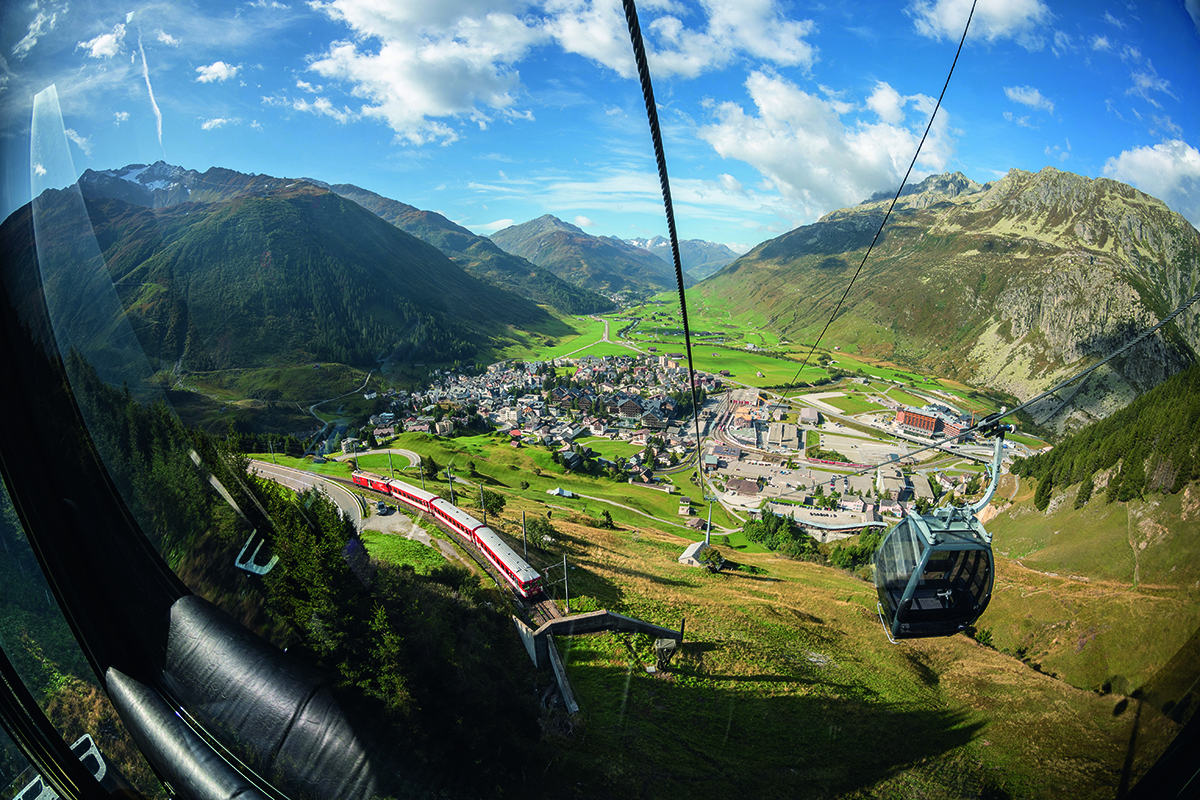
Andermatt seen from the Gütsch ski lift
Food production and logistics are also big polluters, especially in Switzerland which imports a lot of goods. Bornstein says that POW has been working with restaurants in ASA to
put a more regional and vegetarian cuisine on menus. Andermatt’s gourmet restaurants are also reducing the amount of plastic-wrapped ingredients they buy.
Even more impressive is the fact that the entire SkiArena of Andermatt (from homes to ski lifts) is 100 per cent powered by hydroelectric and wind-powered energy supplied by Ursern electricity works, which exclusively serves the Gotthard region. (On the Graubünden side of Andermatt, Energia Alpina also provides 100 per cent renewable energy.) Not only that but all the buildings are heated in a totally carbon-neutral way through the burning of locally sourced wood pellets and surplus heat captured from Swiss army computers buried deep in secret bases in nearby mountains.
Read more: How Gaggenau is innovating the ancient art of steam cooking
“People want to see companies stepping up to the challenge and we believe it is going to become more important to position yourself with a ski resort that cares about the future of the environment,” says Bornstein. Even during the summer when people play golf surrounded by green meadows, ASA has ensured that its 20-plus species of birds have plenty of areas to nest around the course – in fact, there are more birds here today than there were before the course was built, demonstrating that being responsible can benefit both nature and mankind.
RING IN THE NEW

Arve Chalet Apartments
Arve Chalet Apartments
Arve is a five-floor block of 17 residences (73–116 sq m in size), each with open-plan living and dining spaces, and window seats offering views of the mountains.
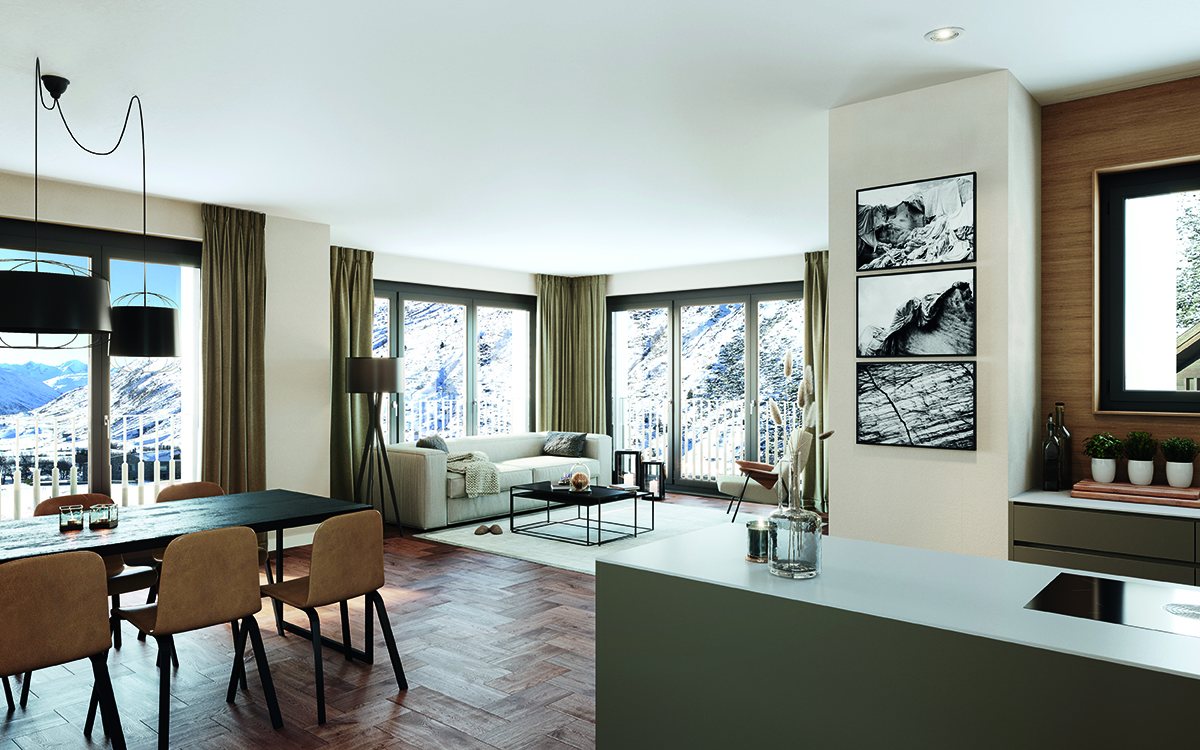
Enzian Alpine Apartments
Enzian Alpine Apartments
Enzian is a modern, three-floor Alpine villa housing 12 apartments measuring from 62 sq m to 136 sq m. Some come with saunas, private roof terraces and gardens.
Find out more: andermatt-swissalps.ch
This article was originally published in the Summer 2020 Issue.



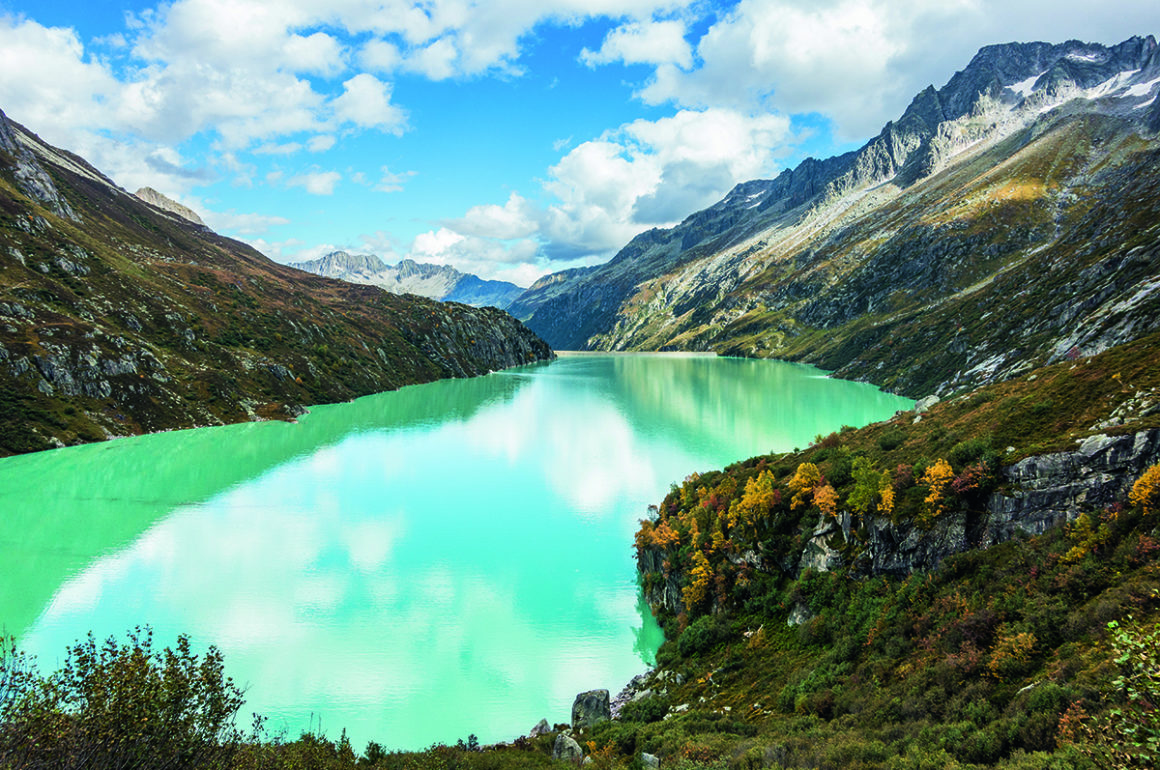
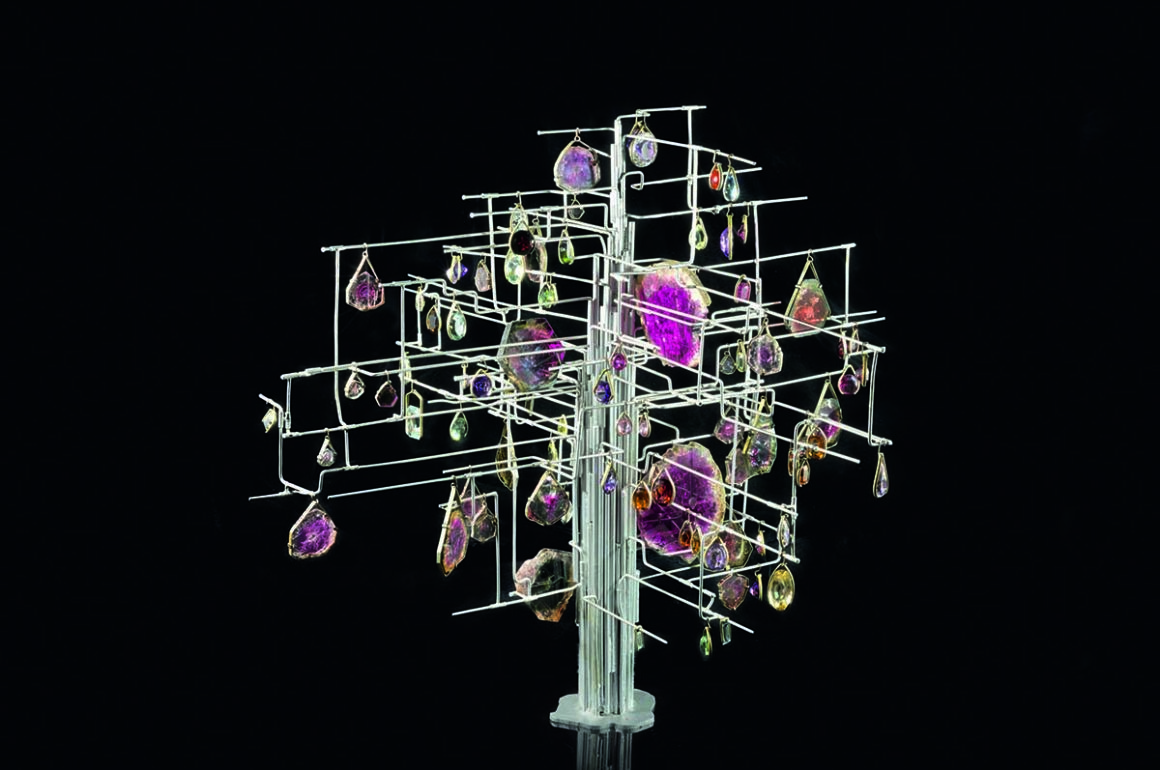
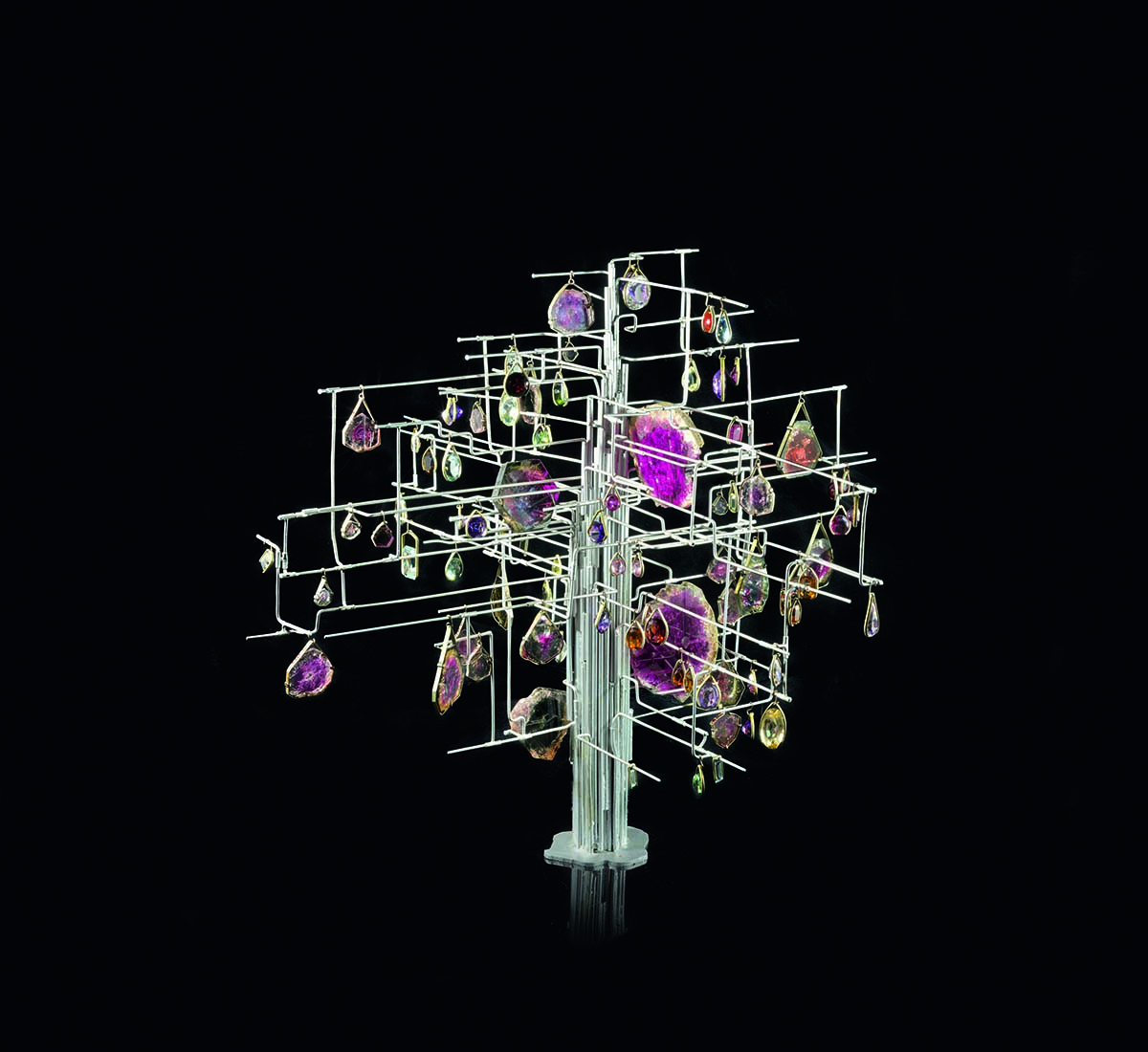
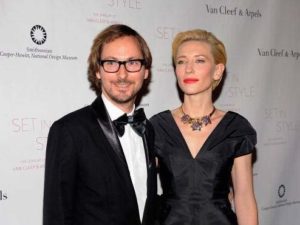
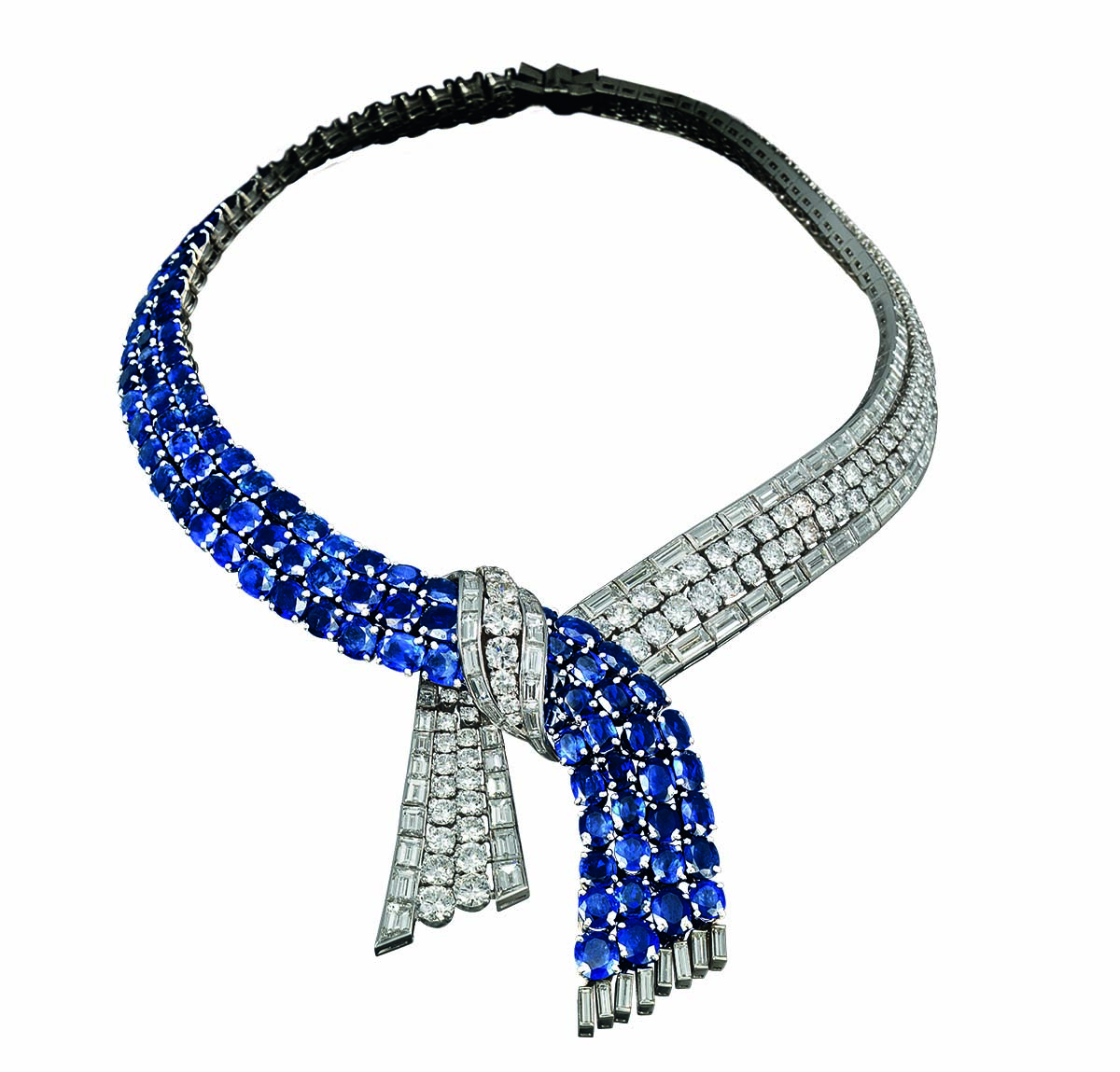

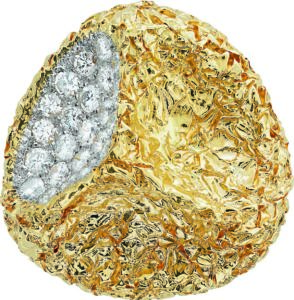
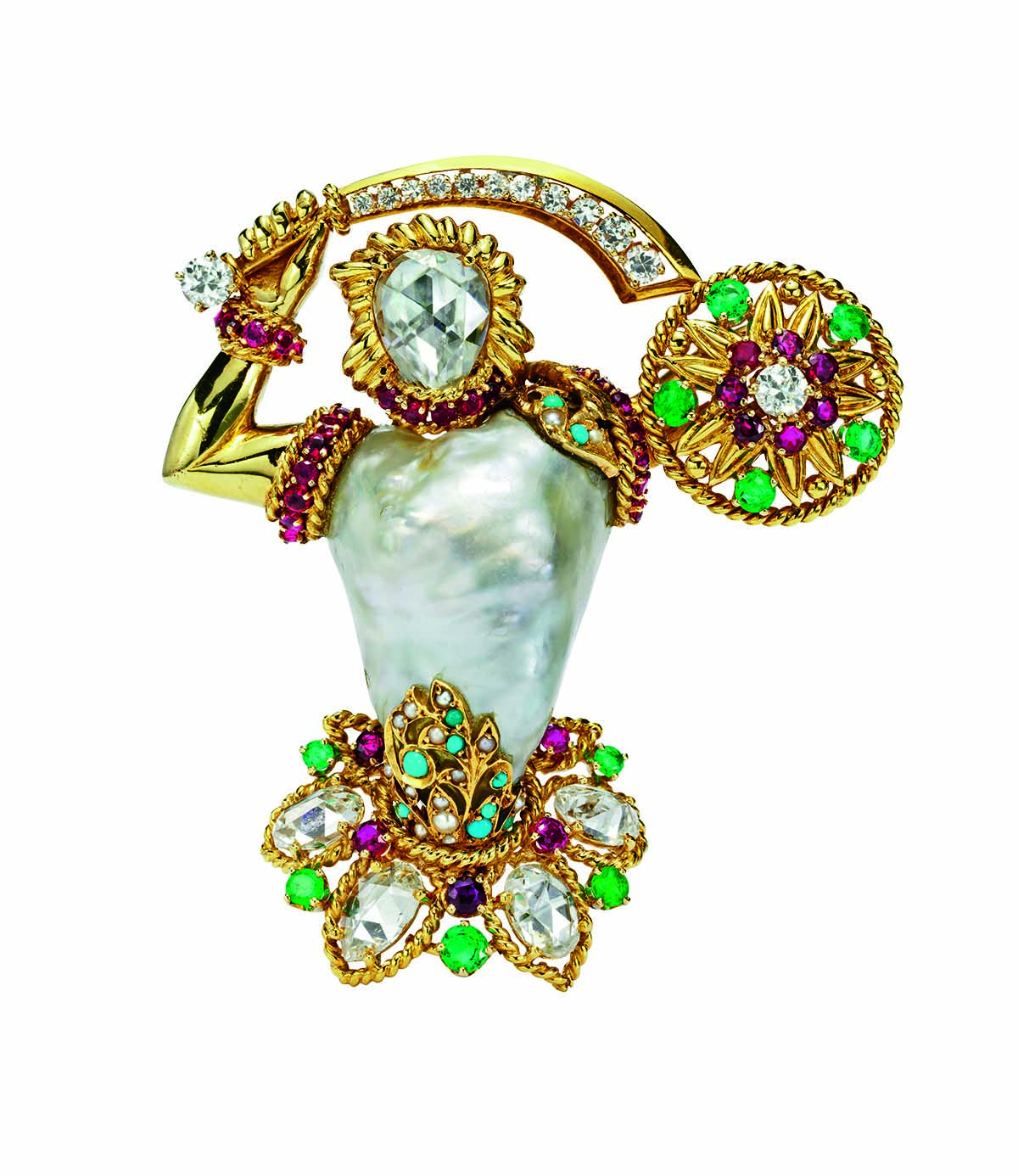
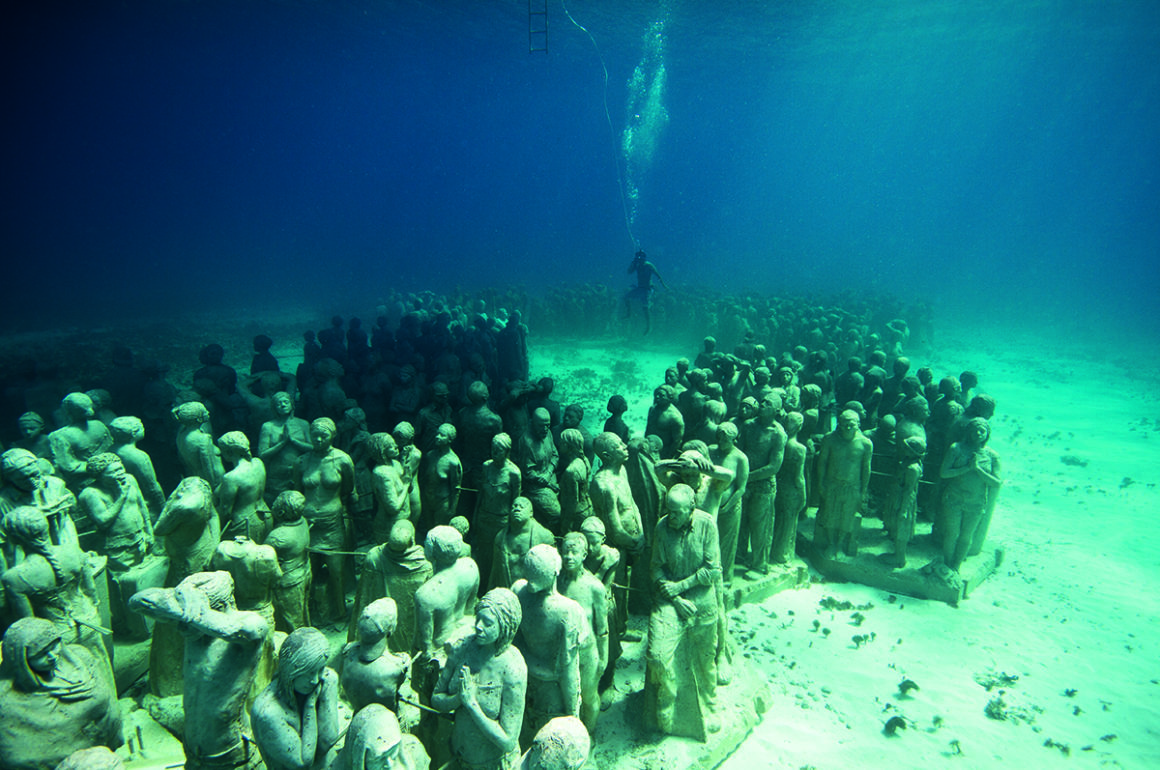
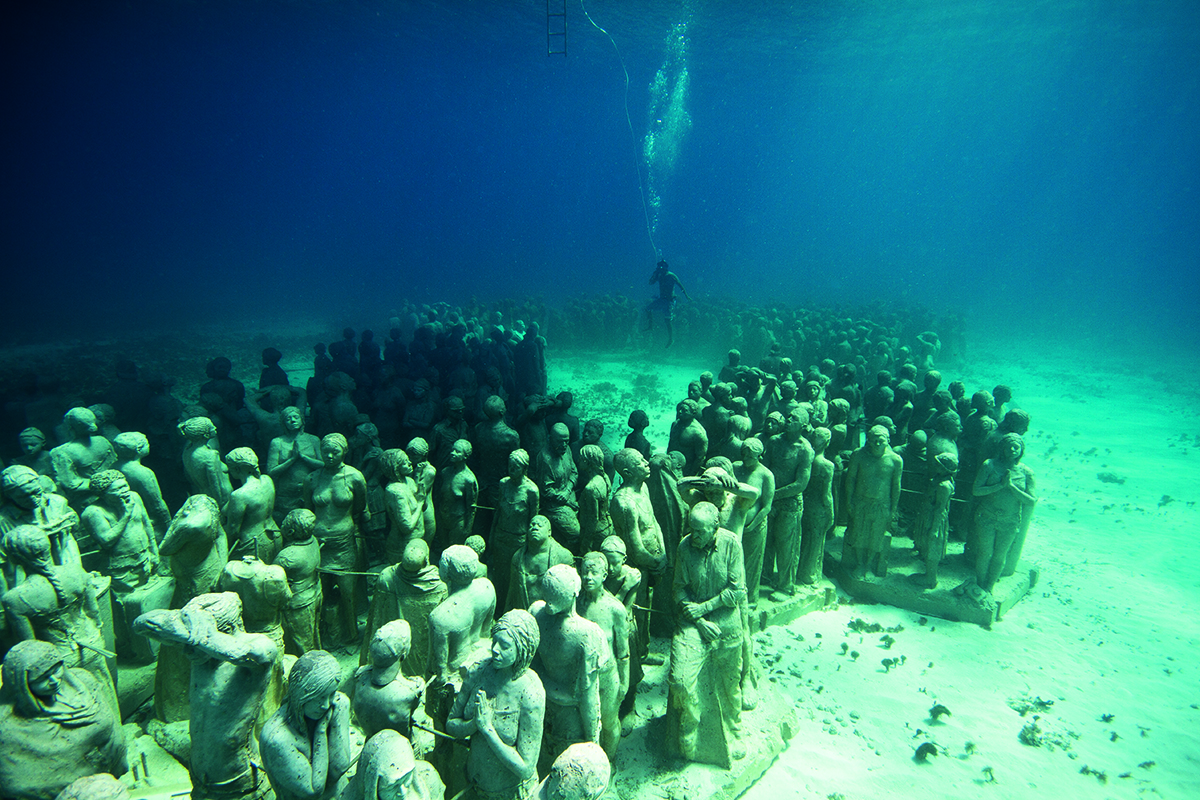

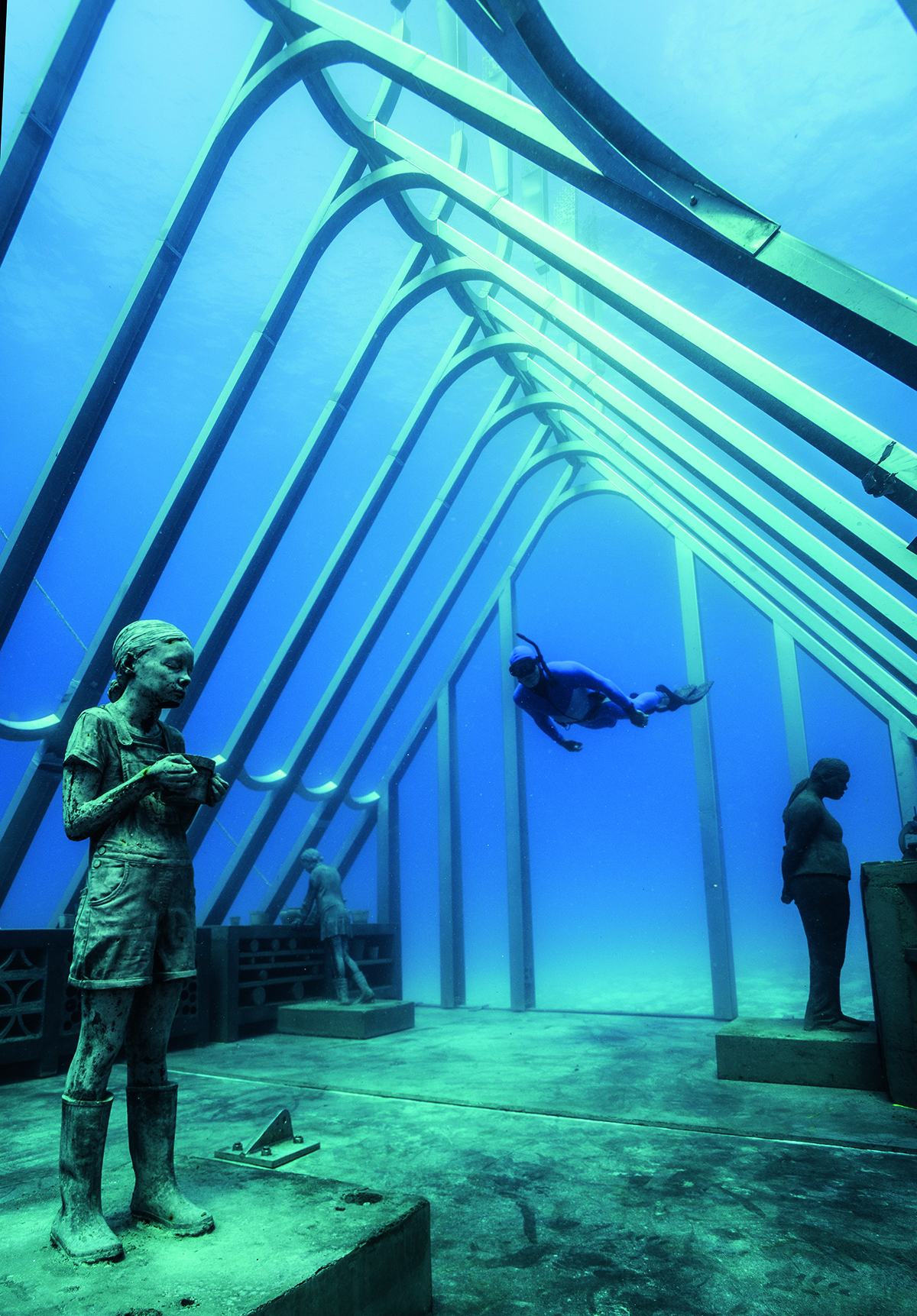
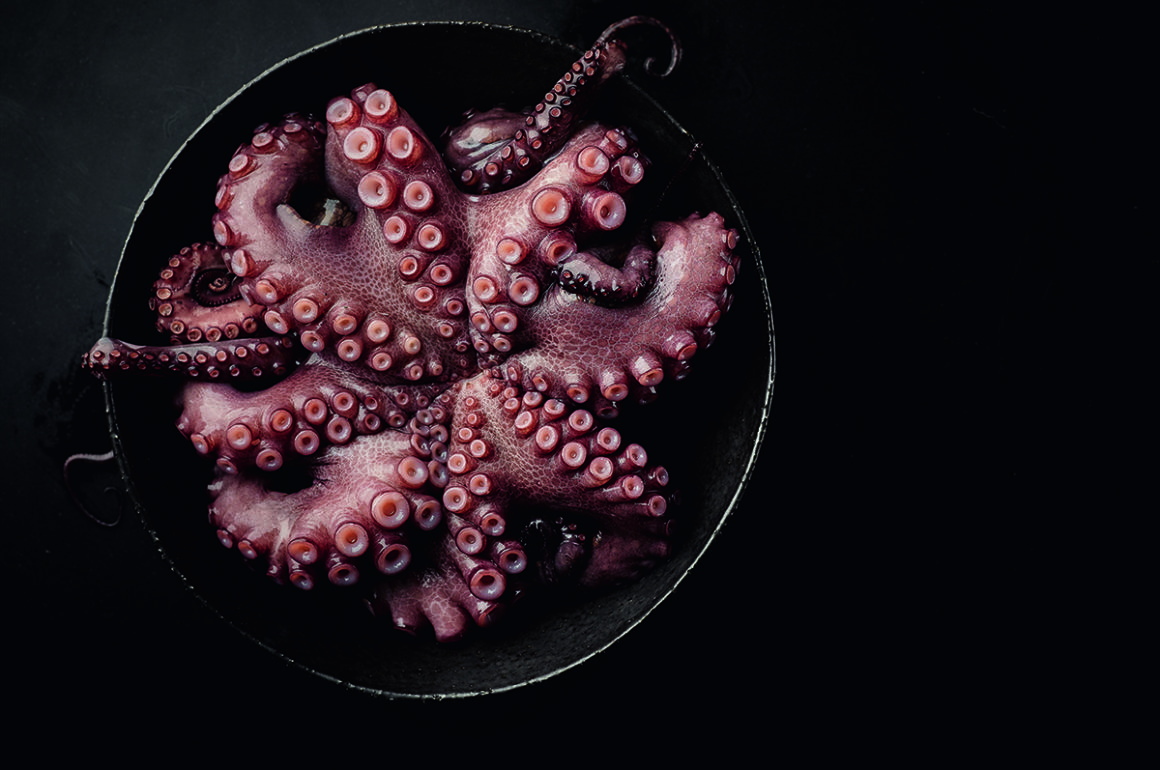
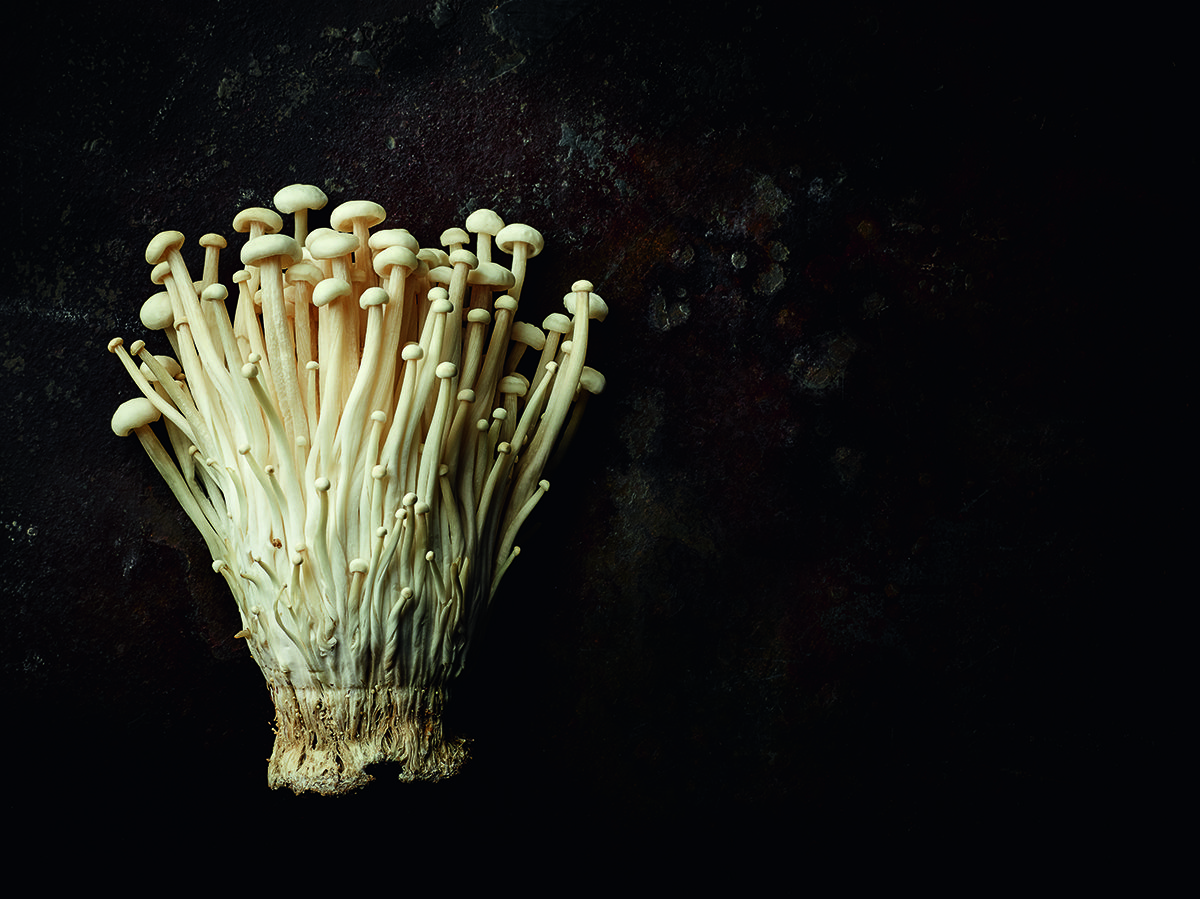
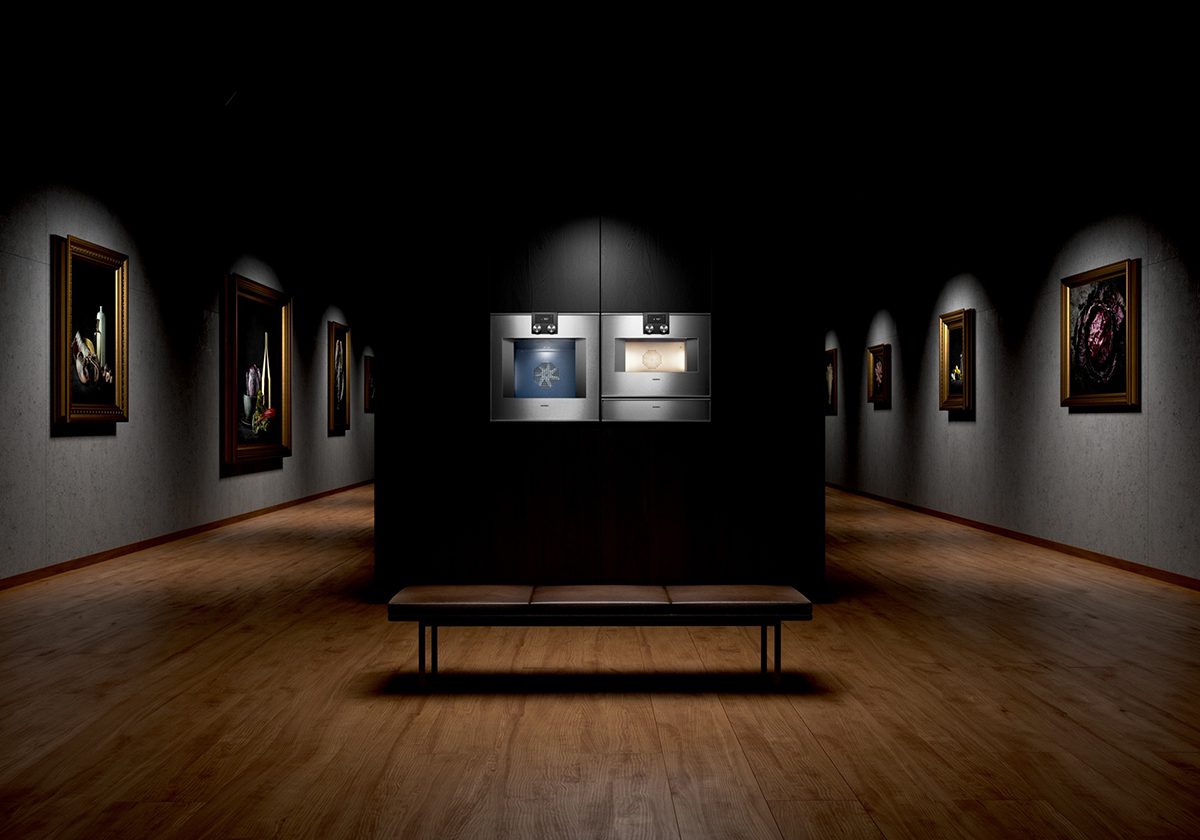
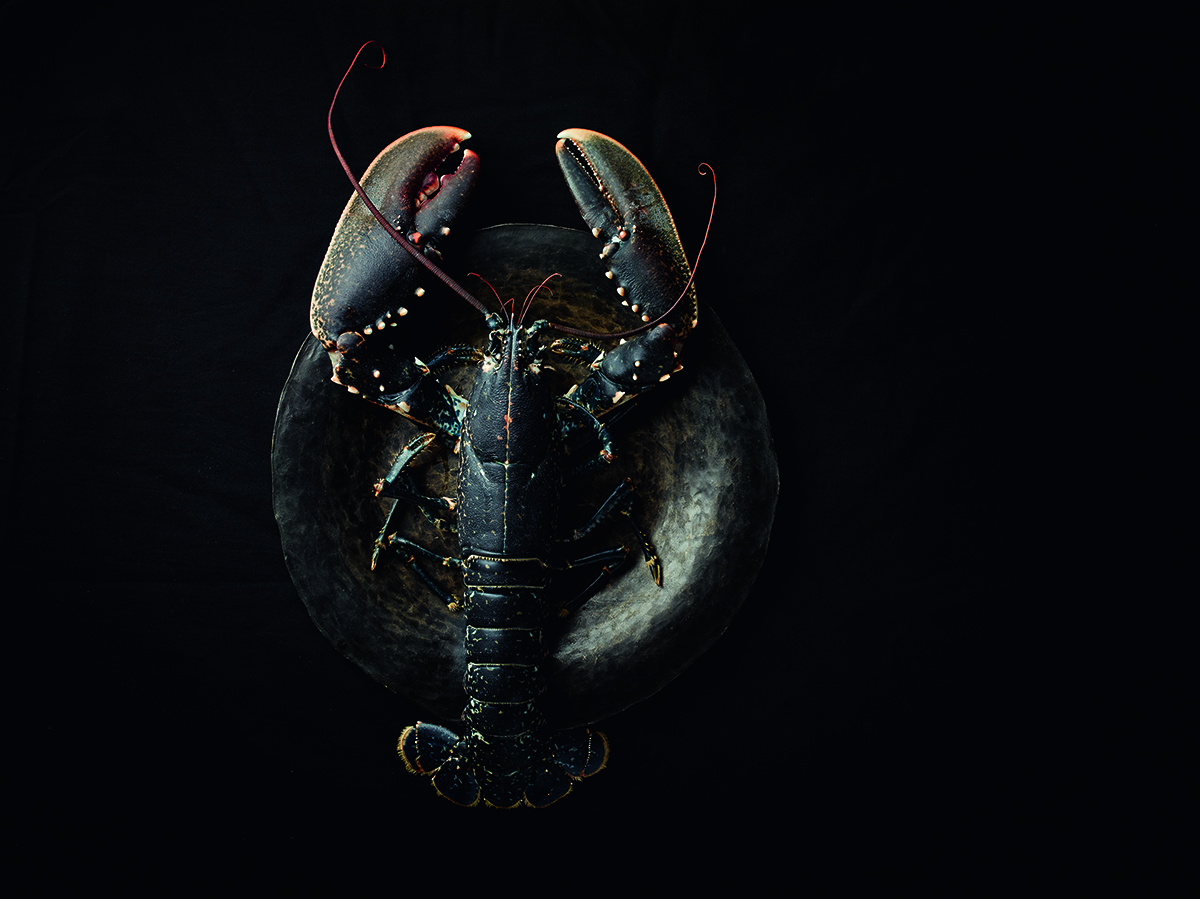
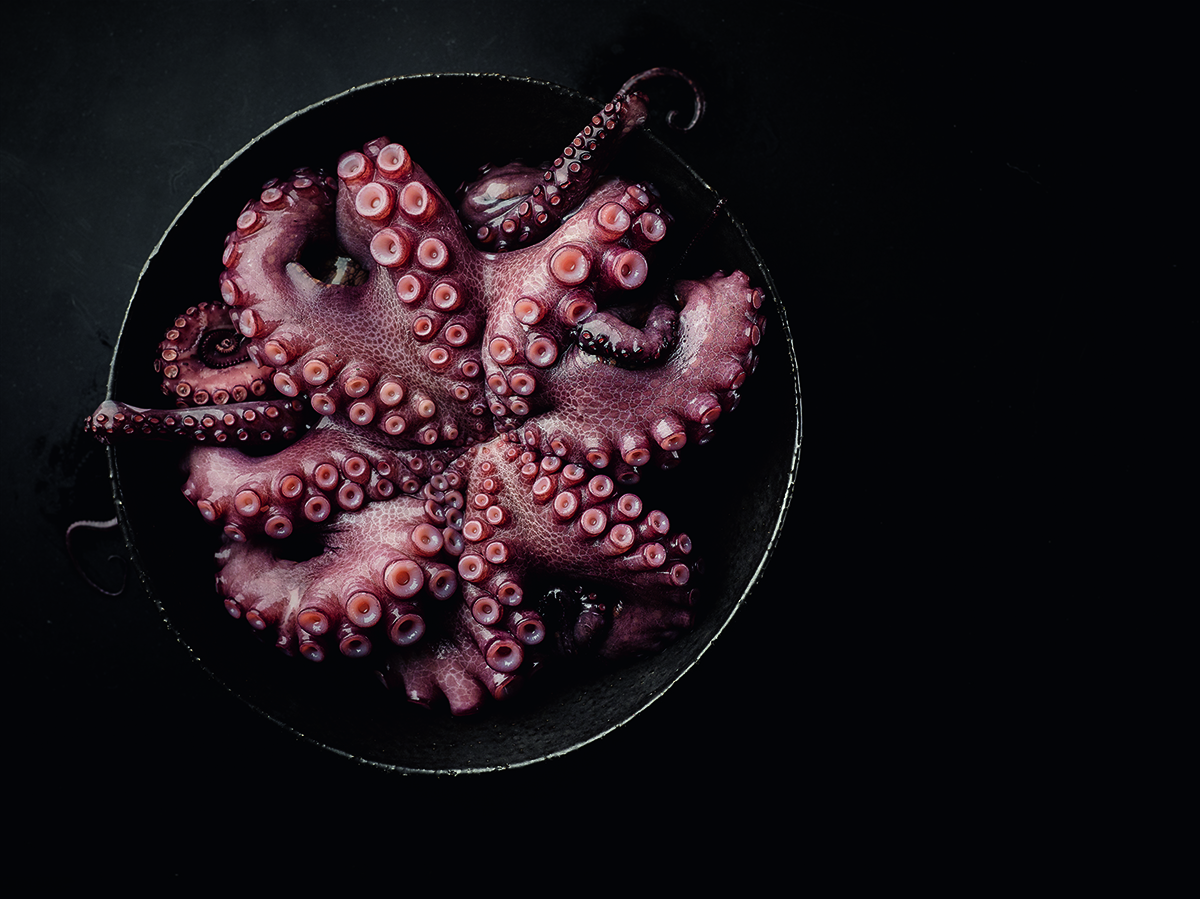

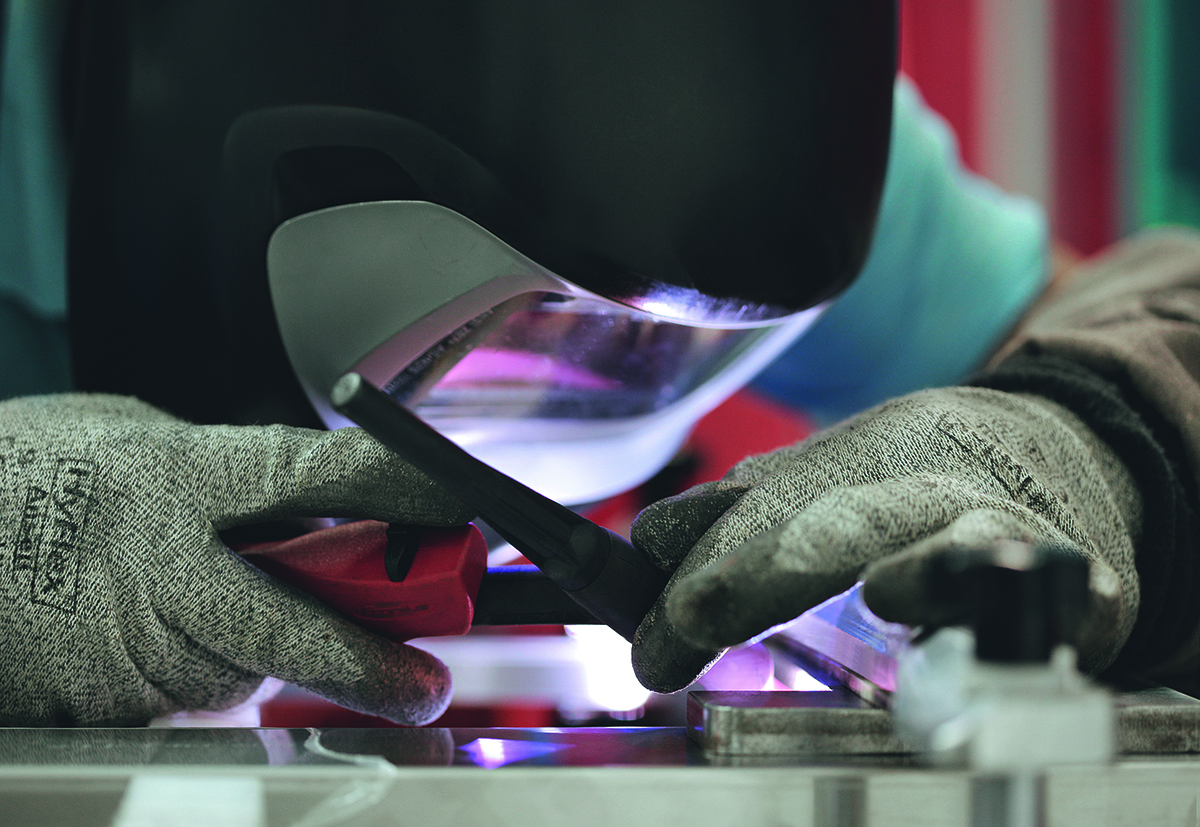
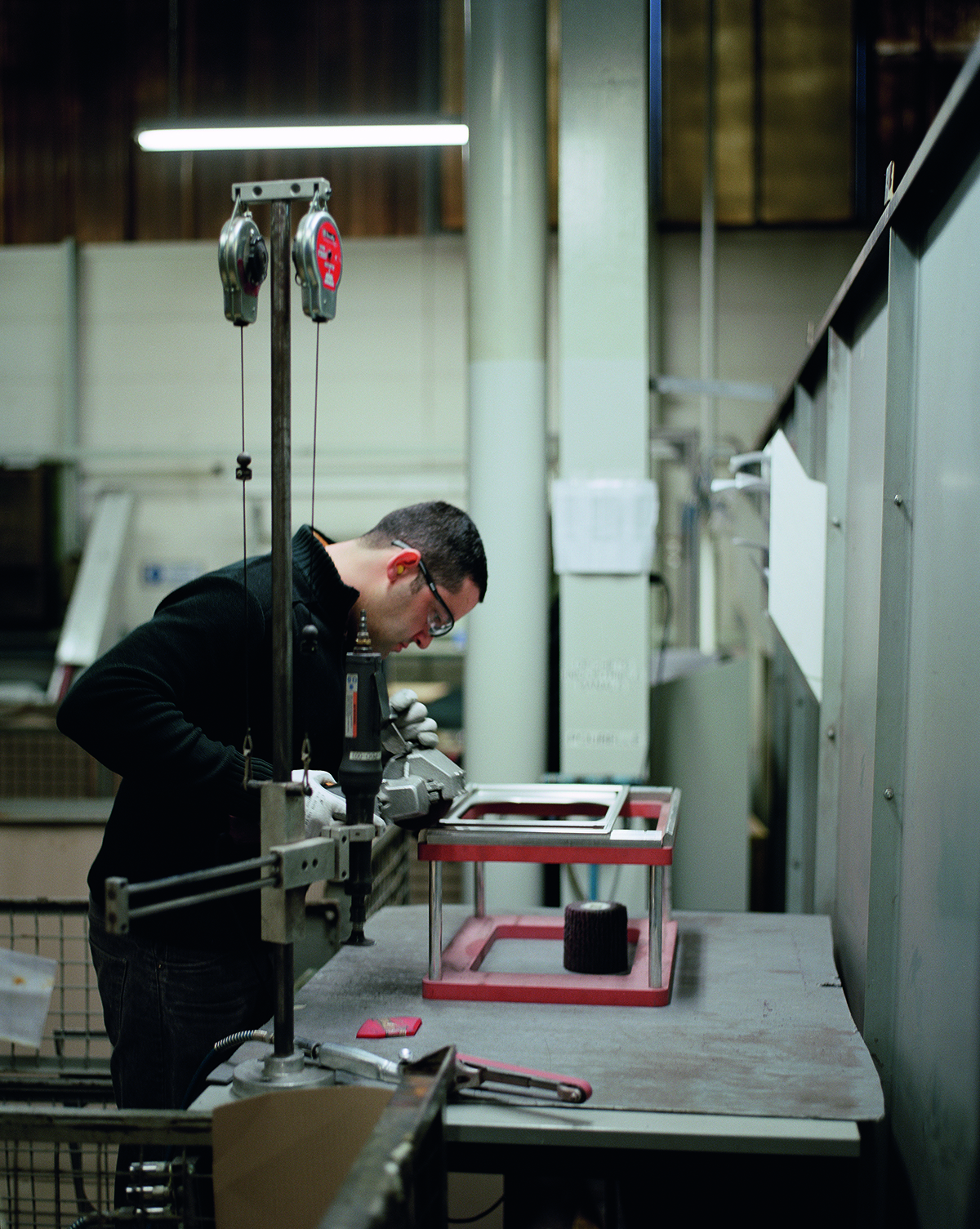
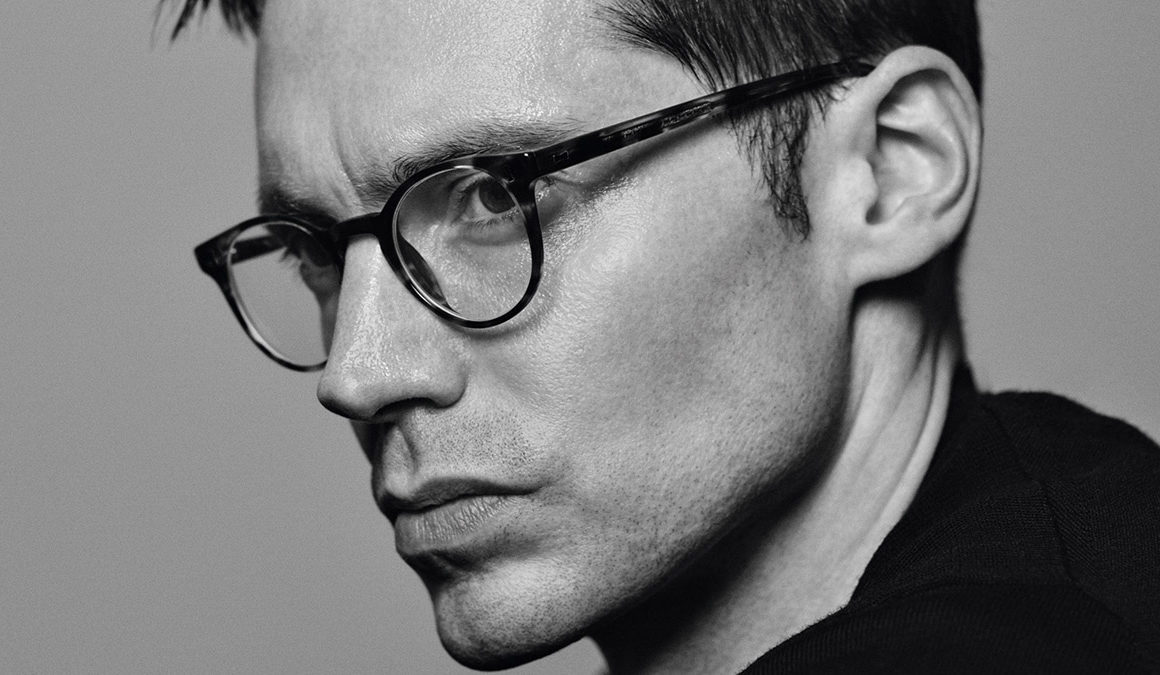
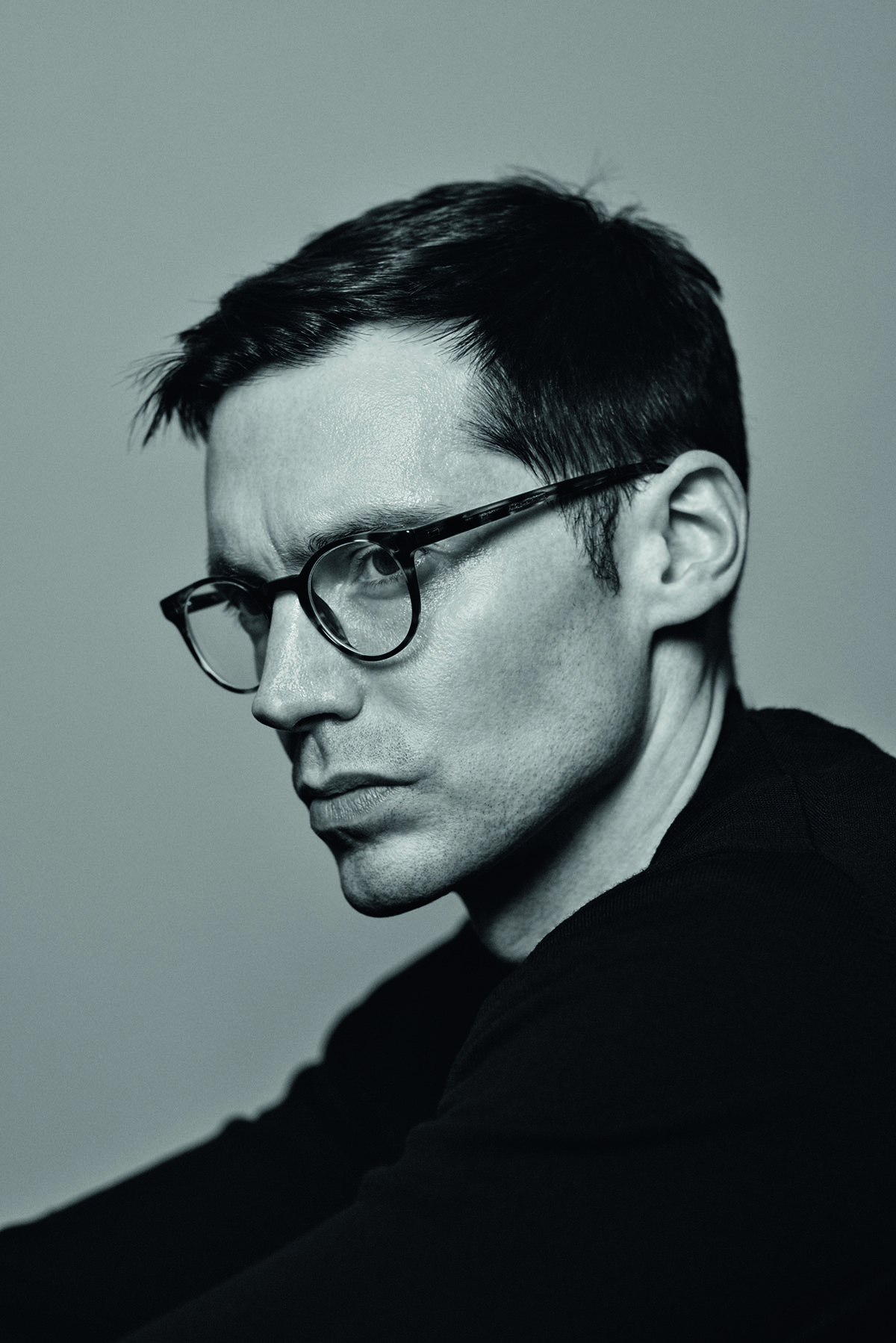
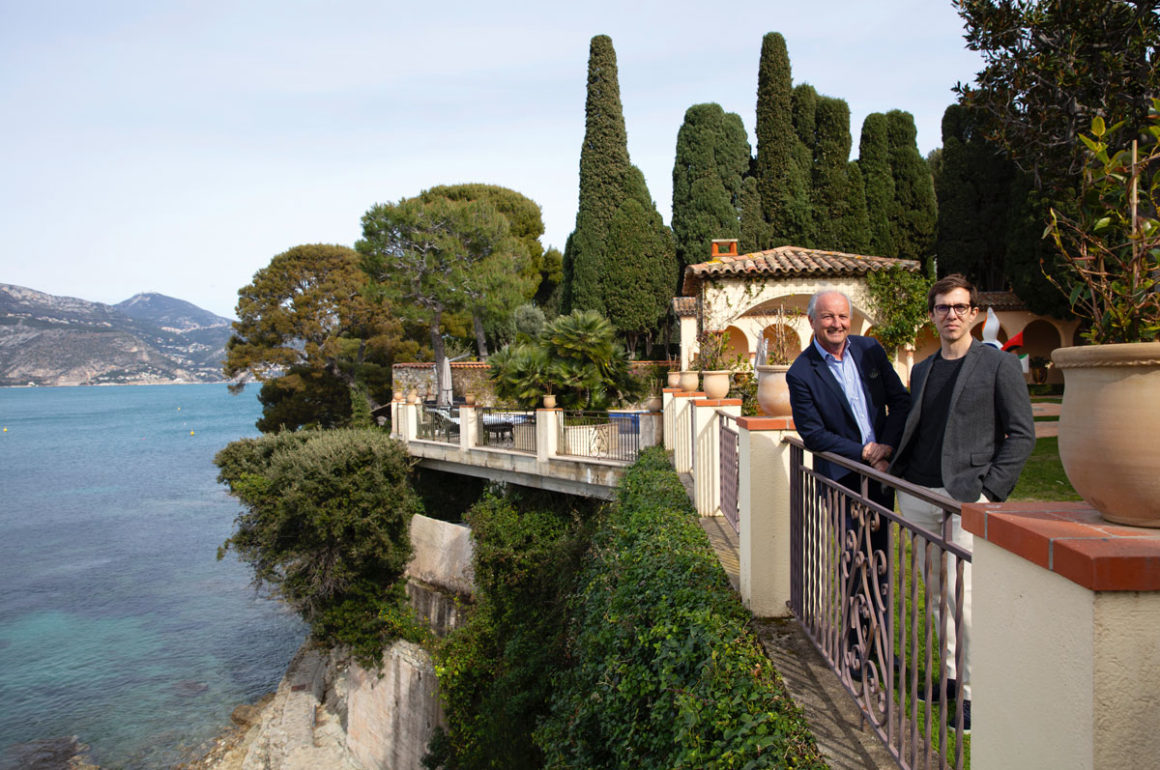
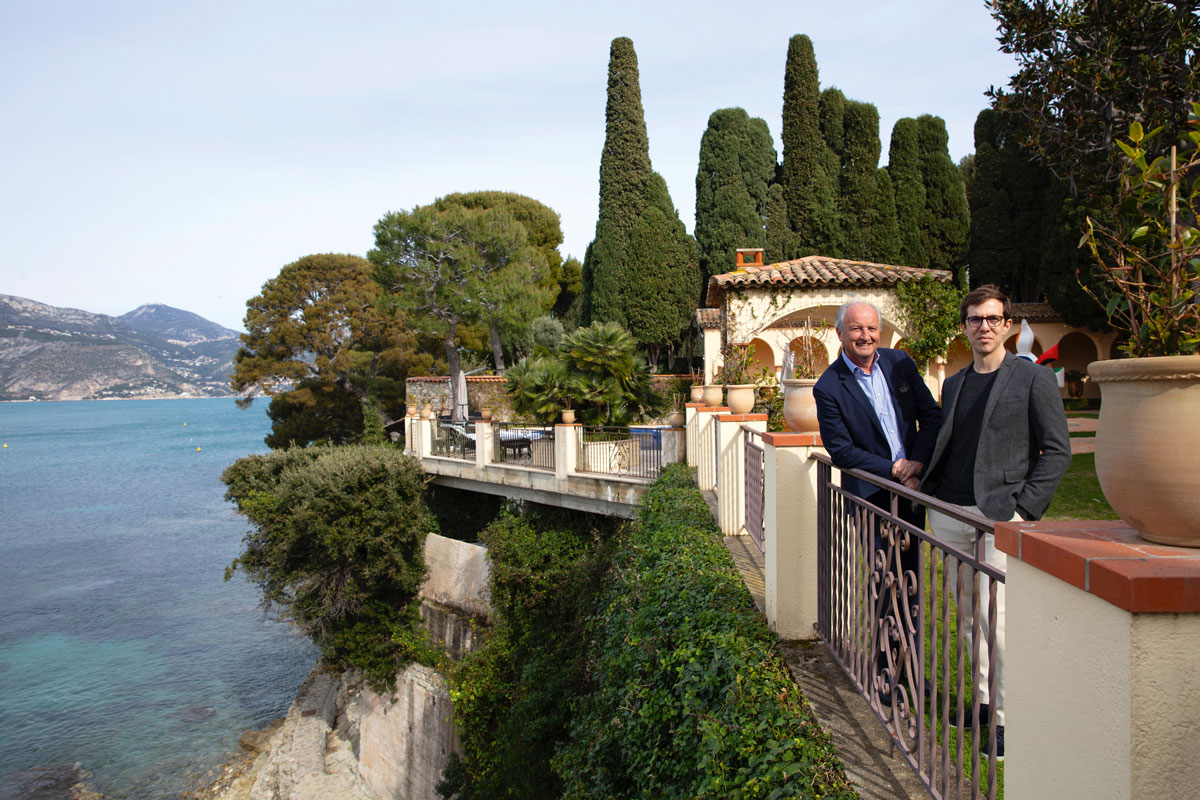
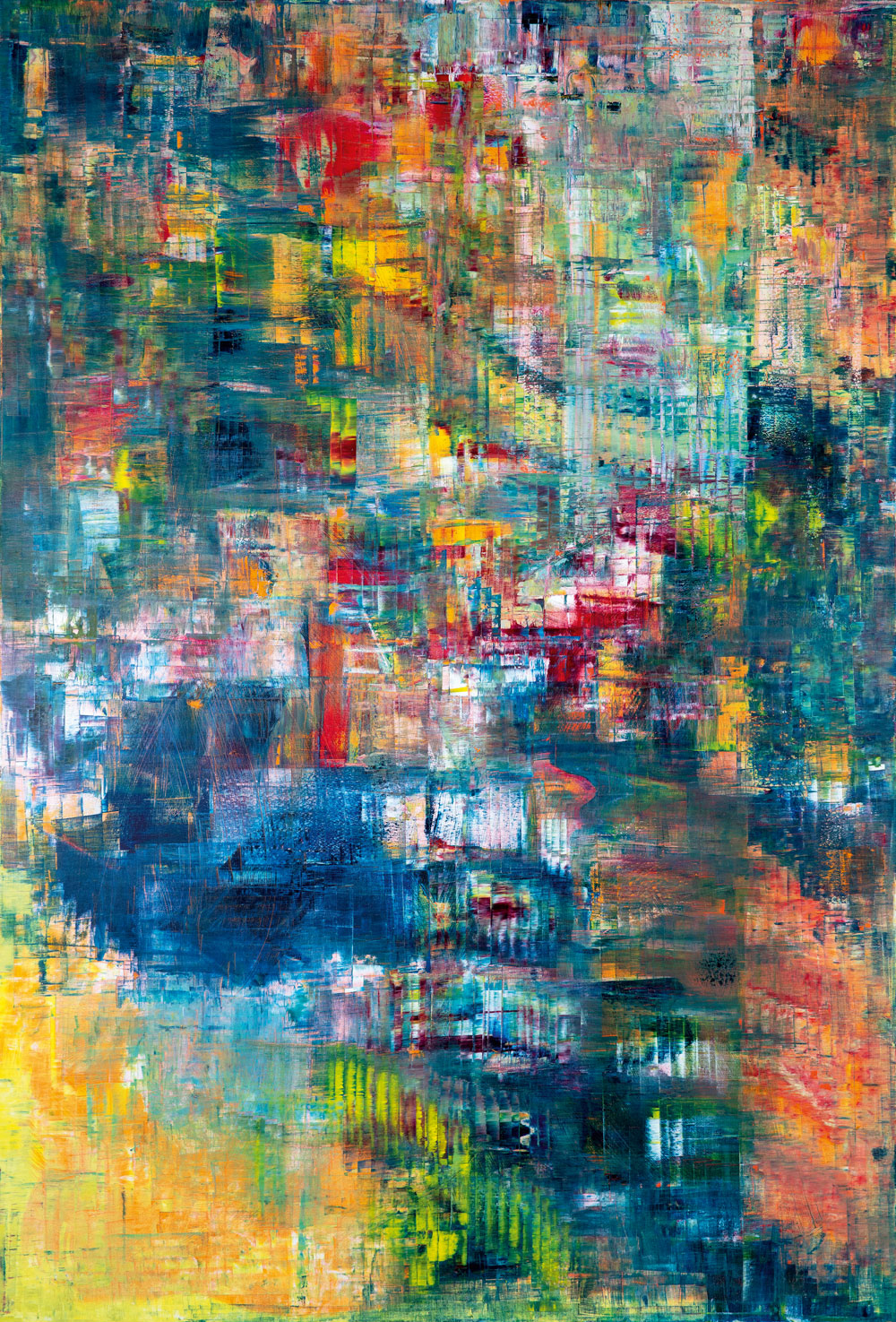
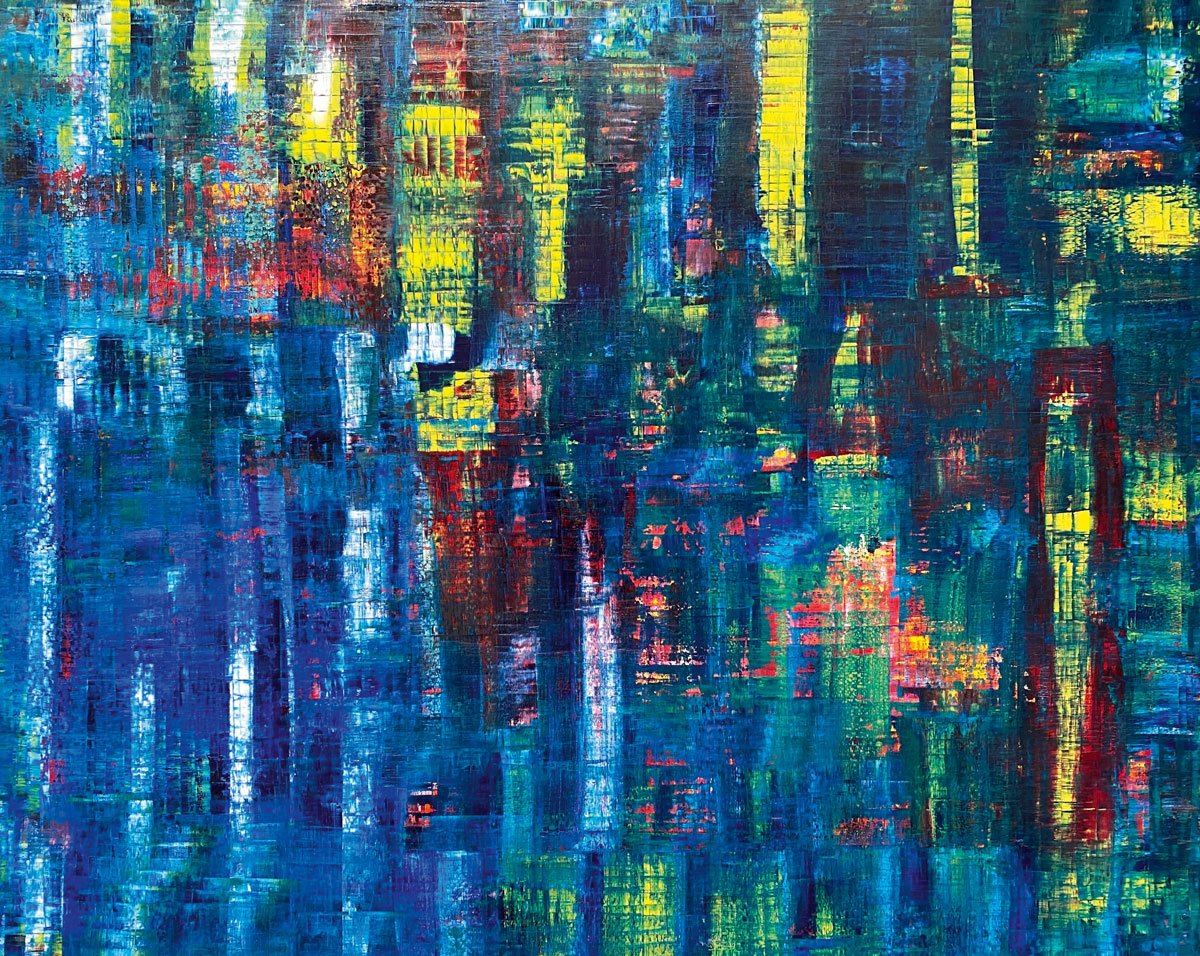
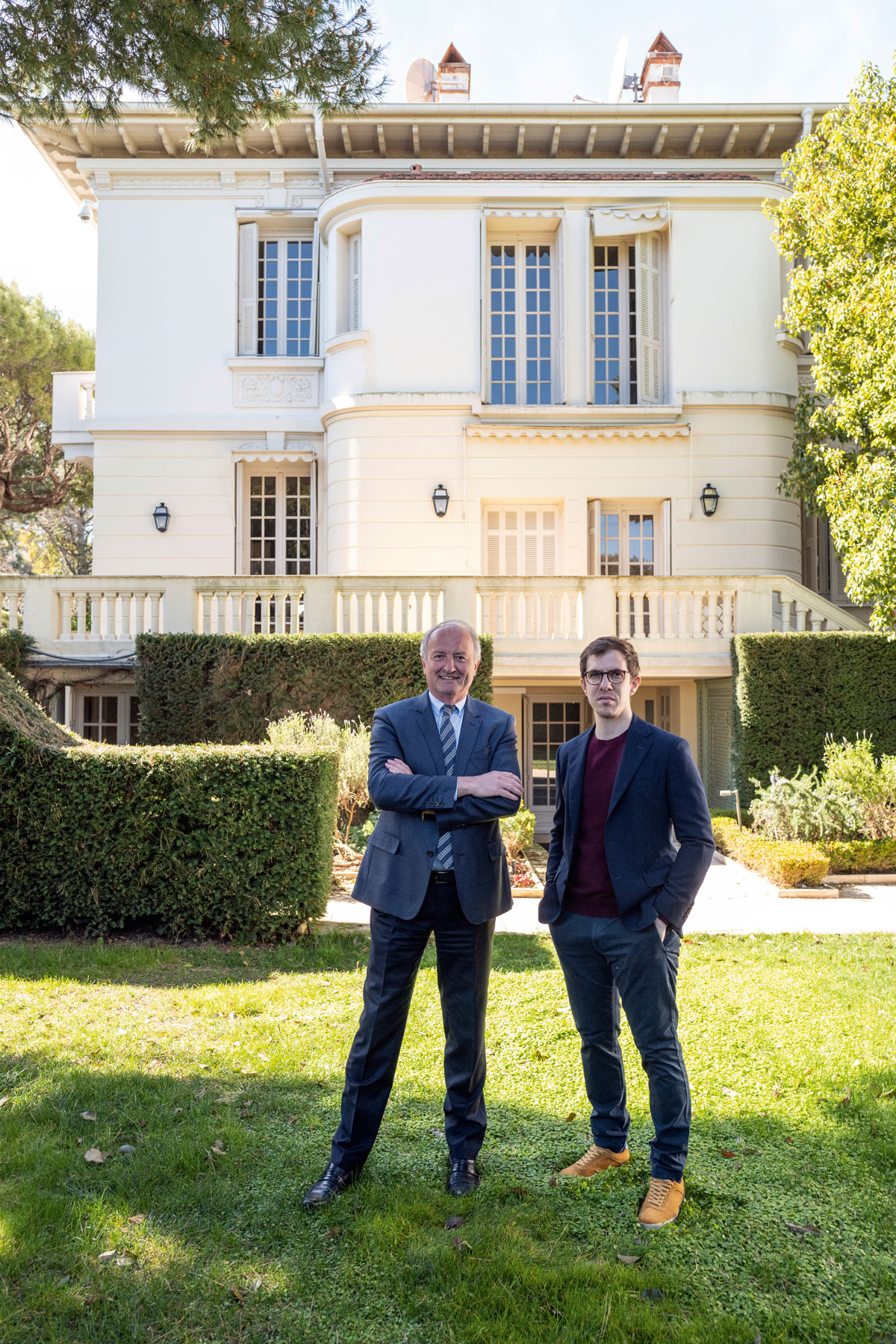
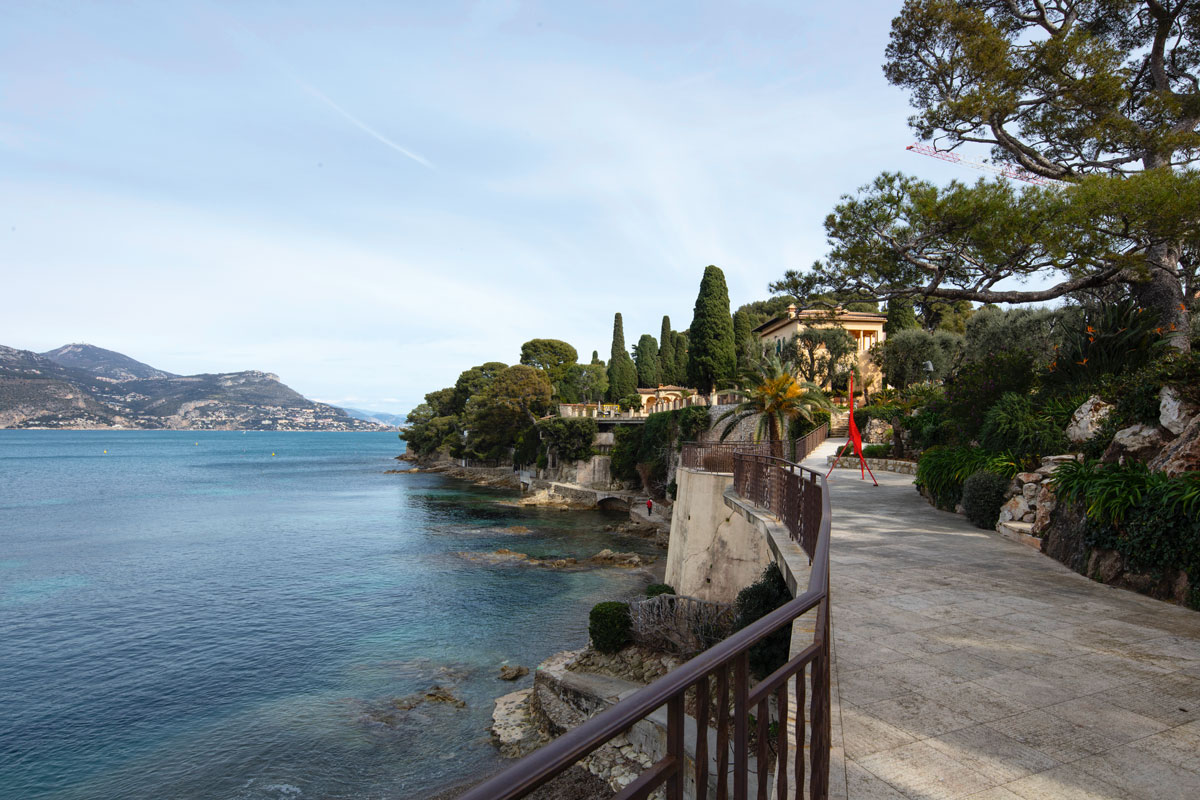

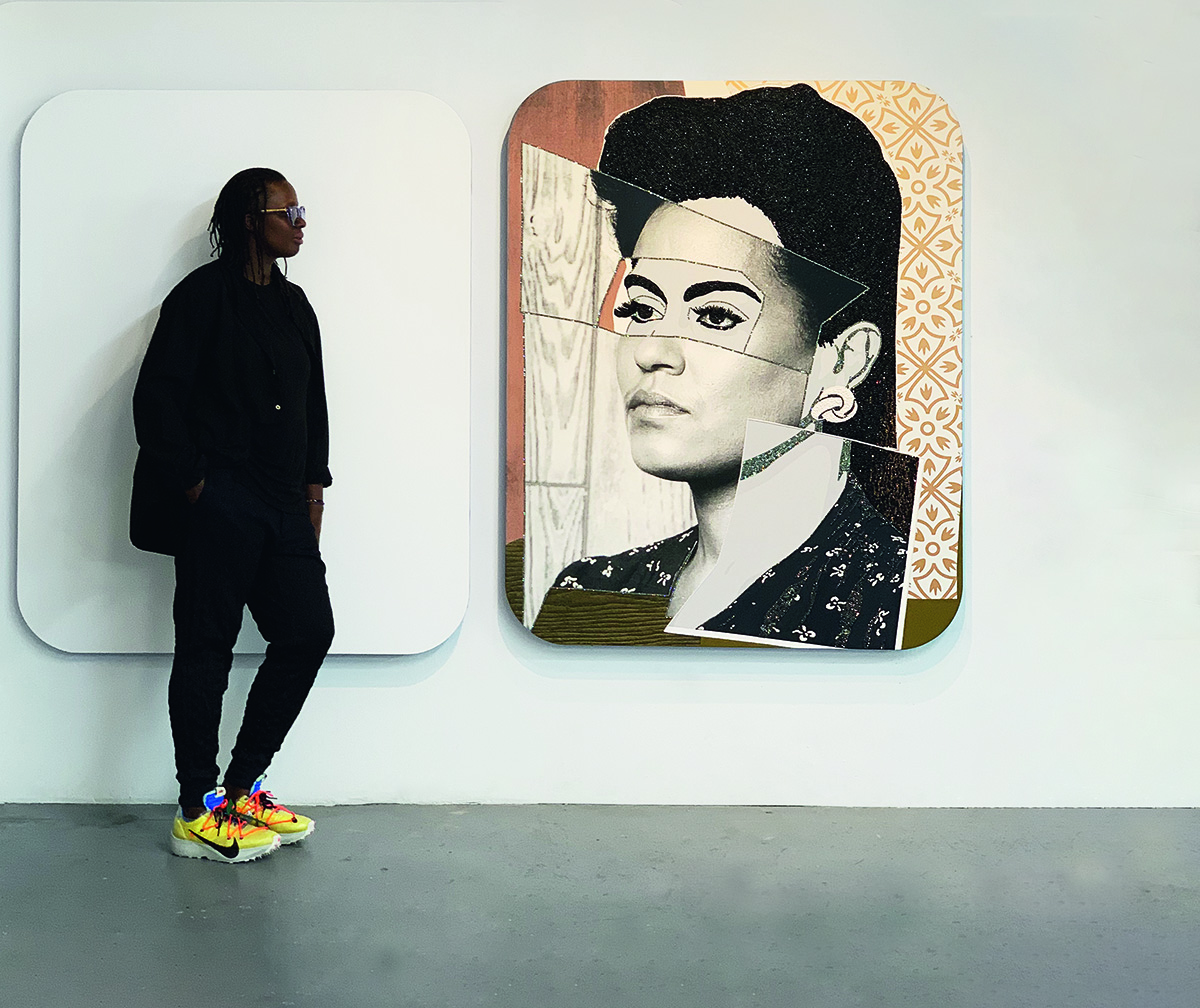
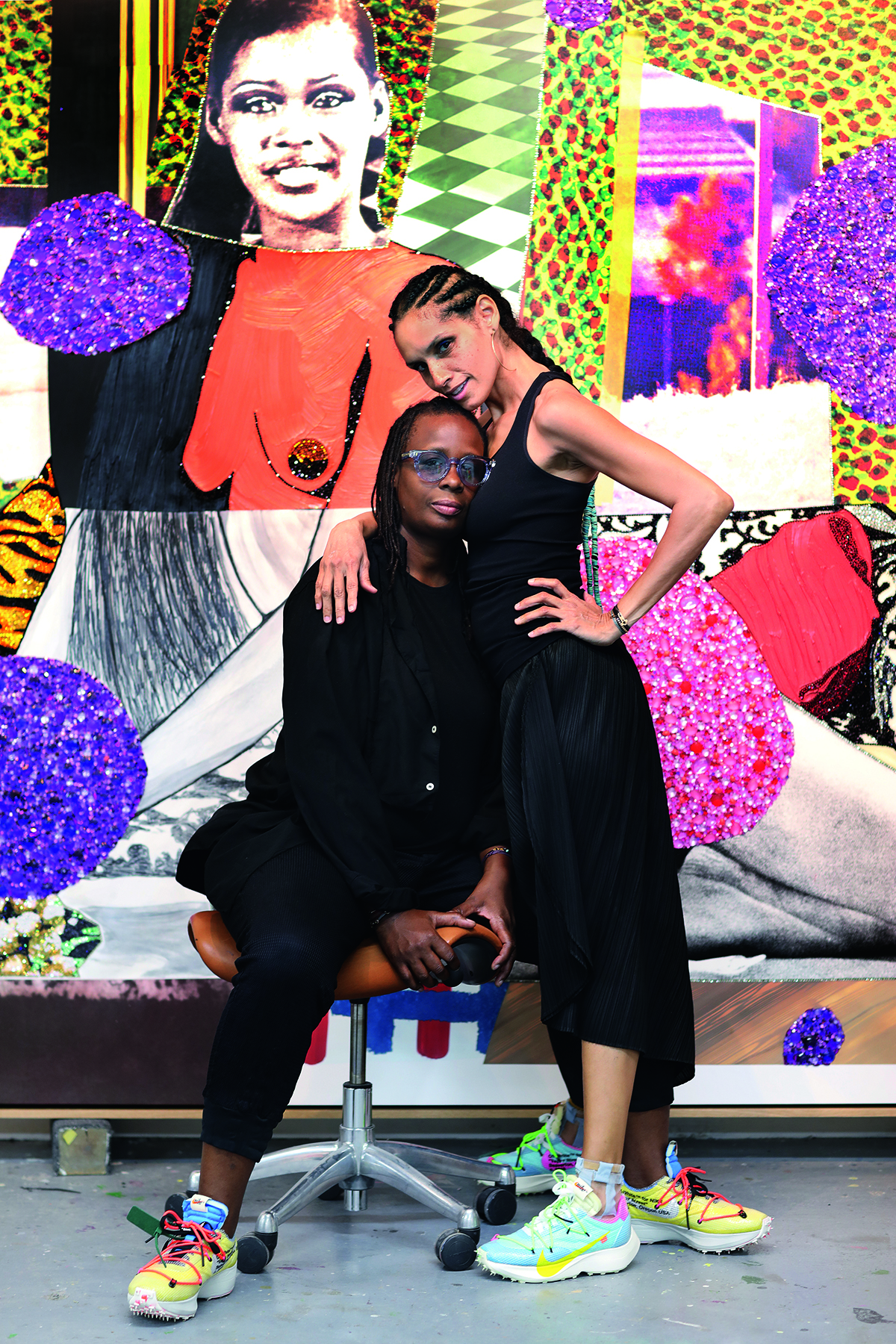
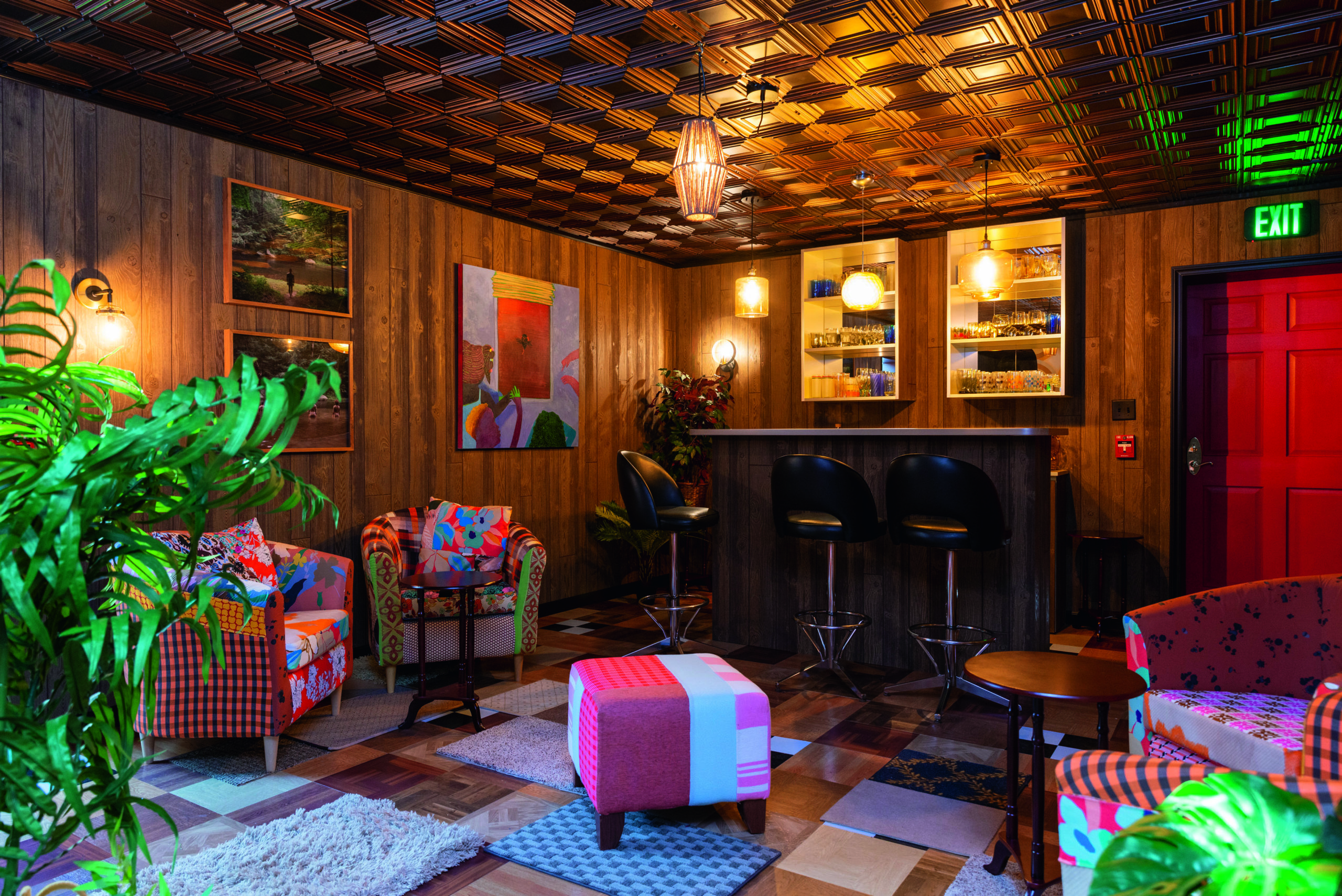
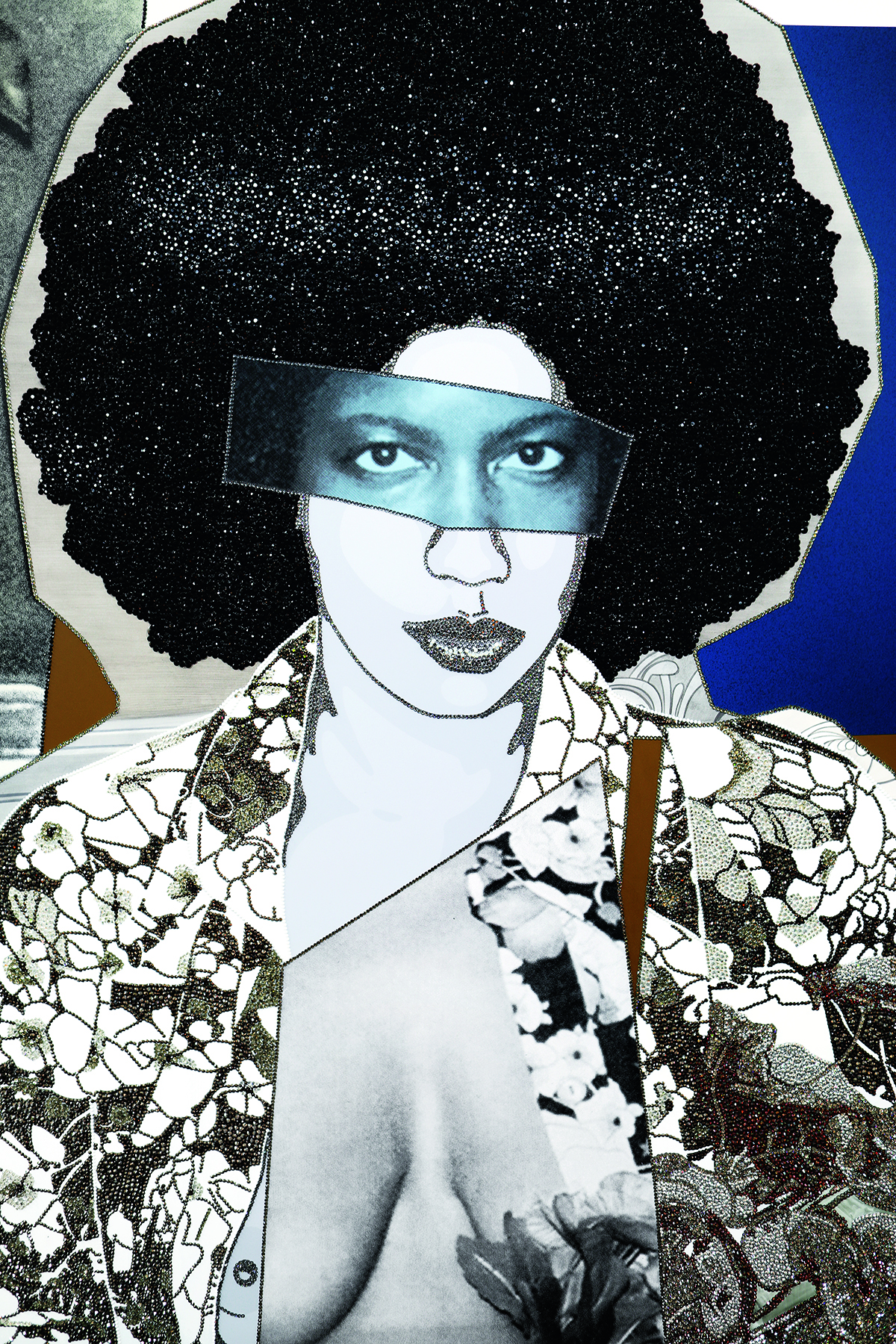
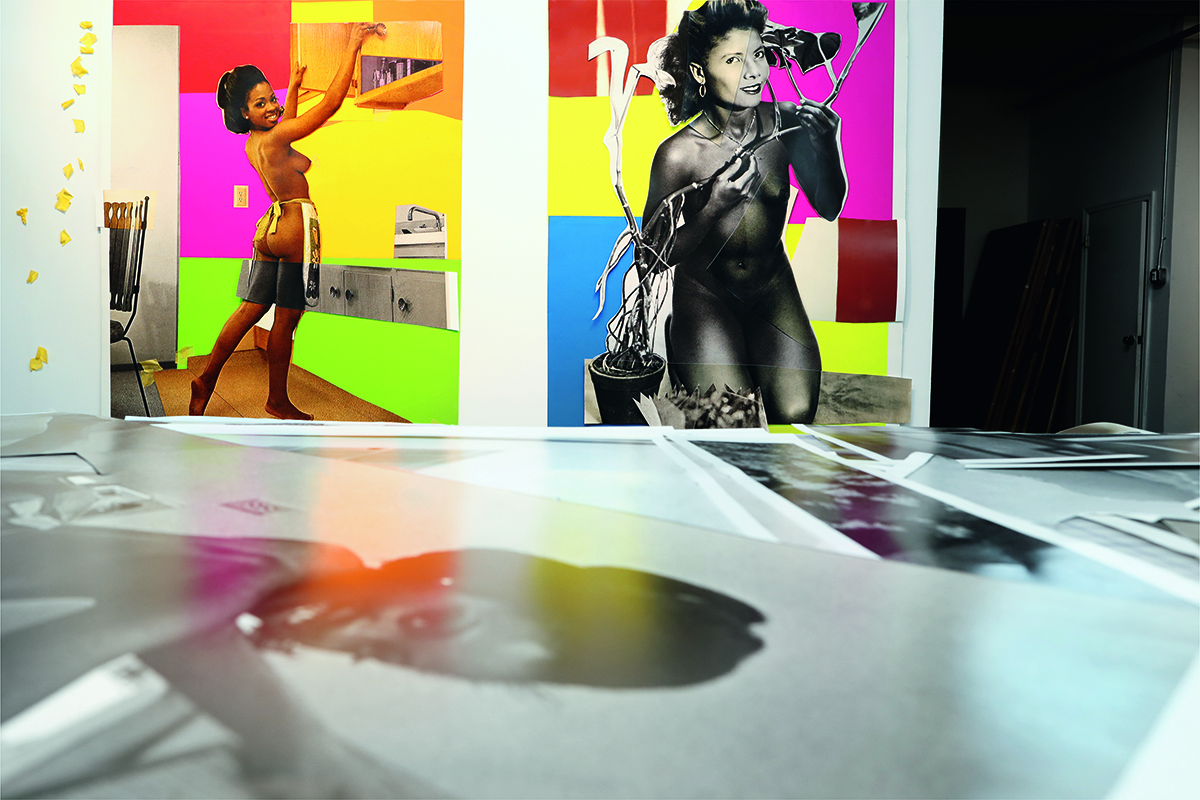
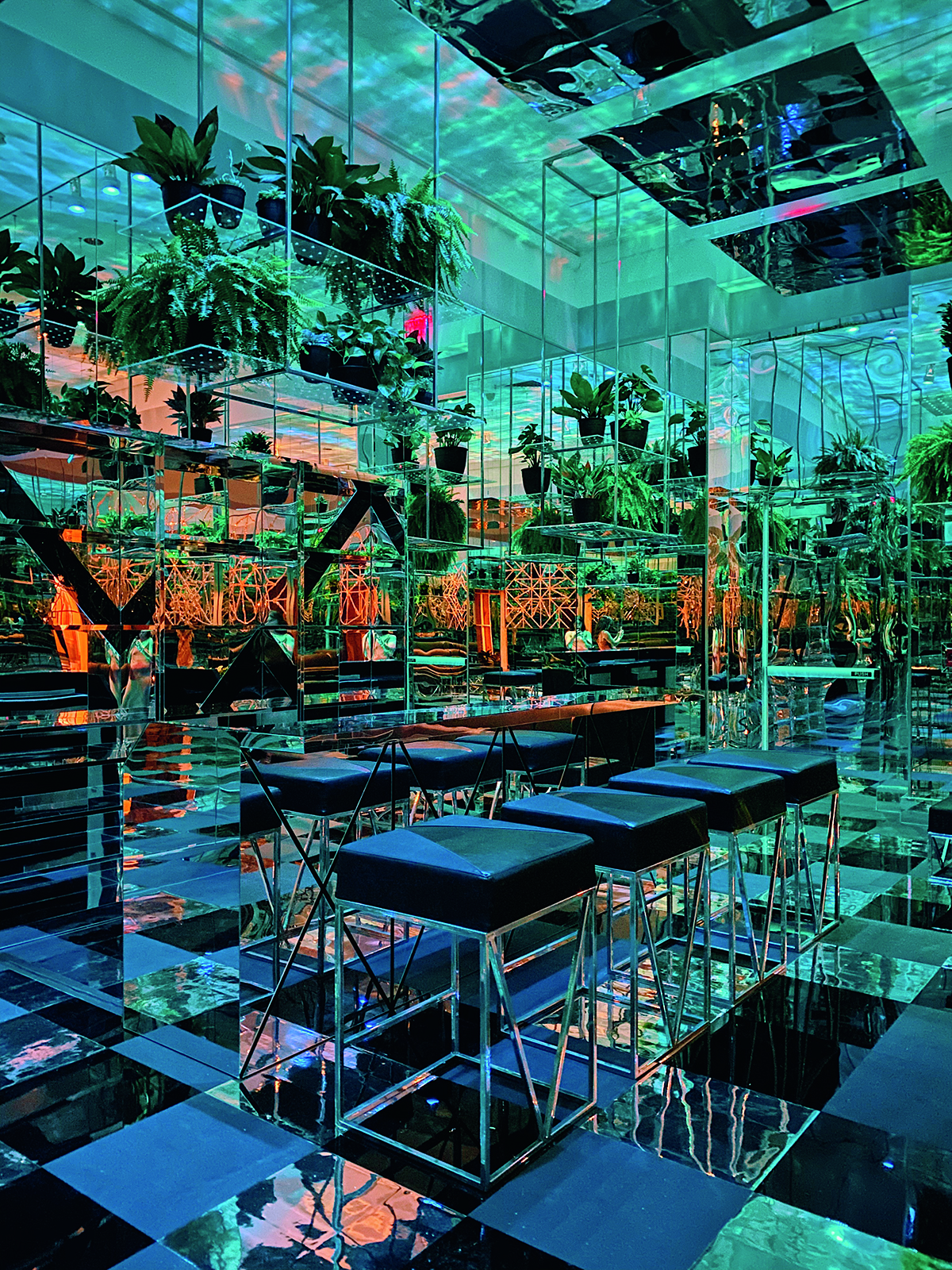
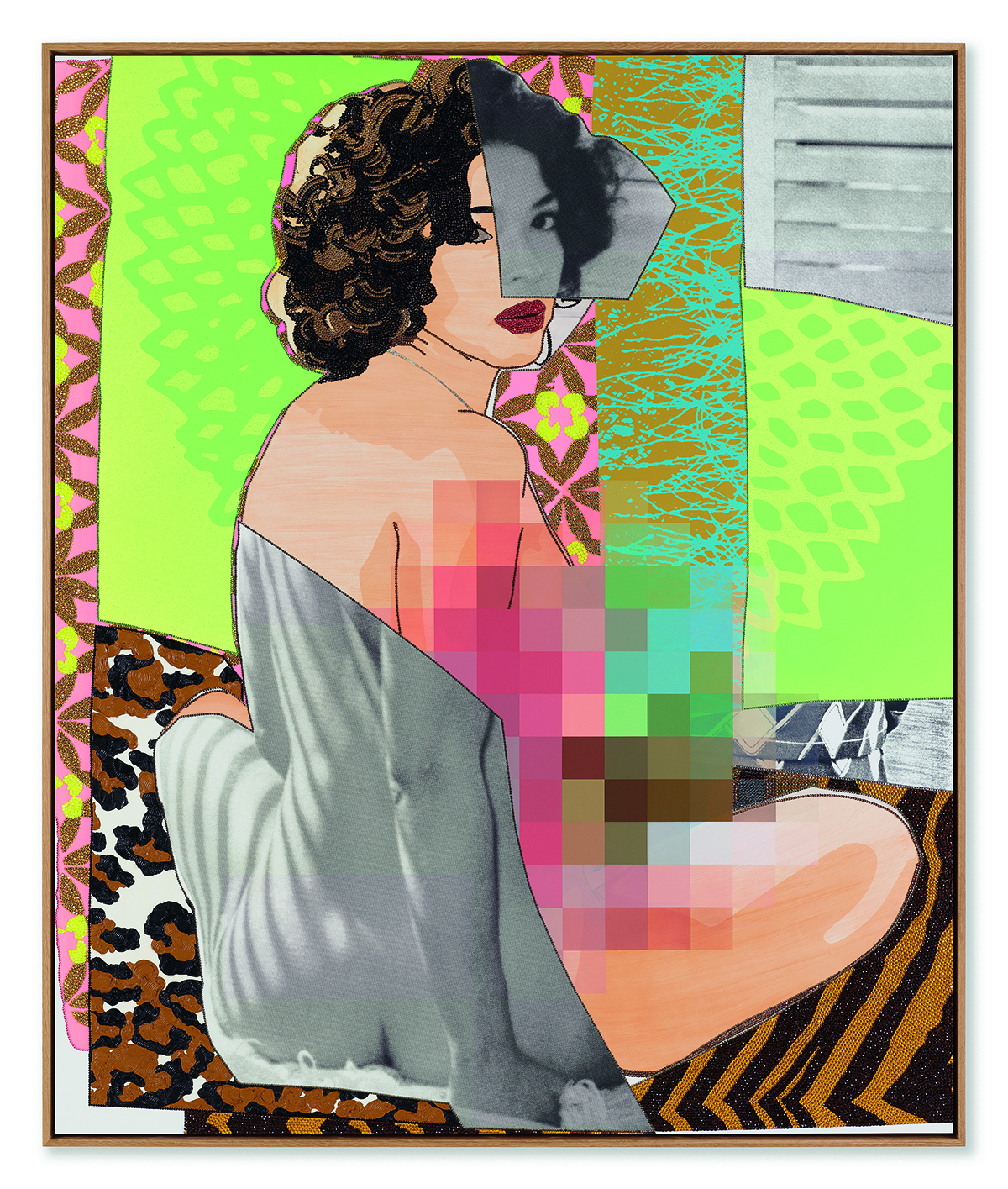
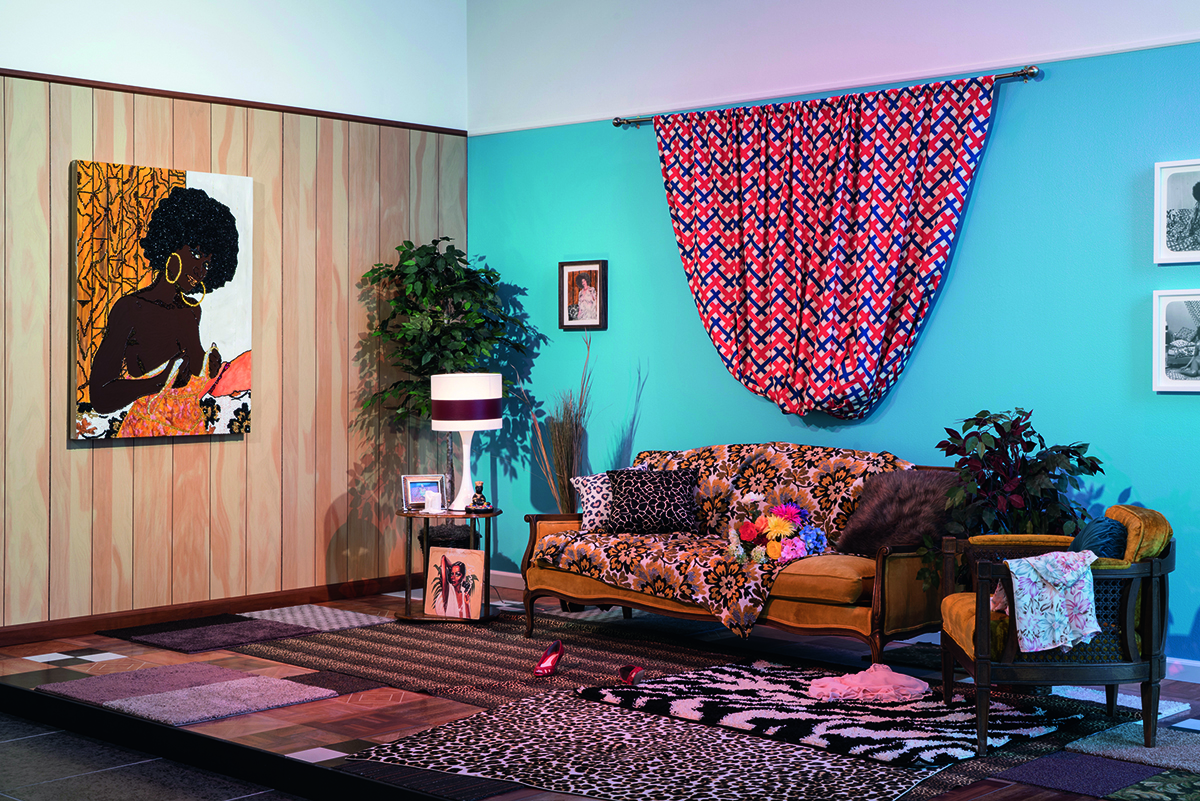

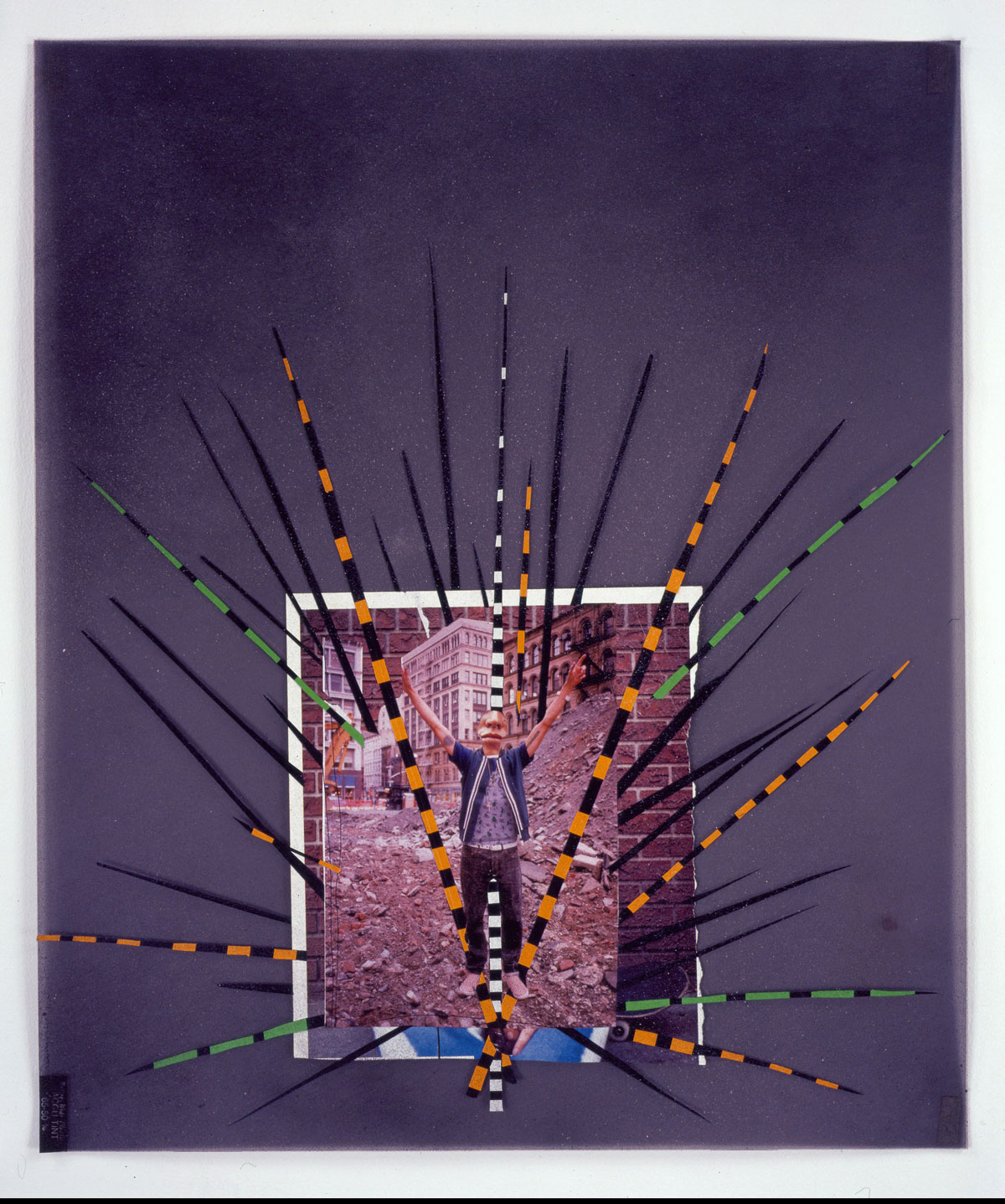
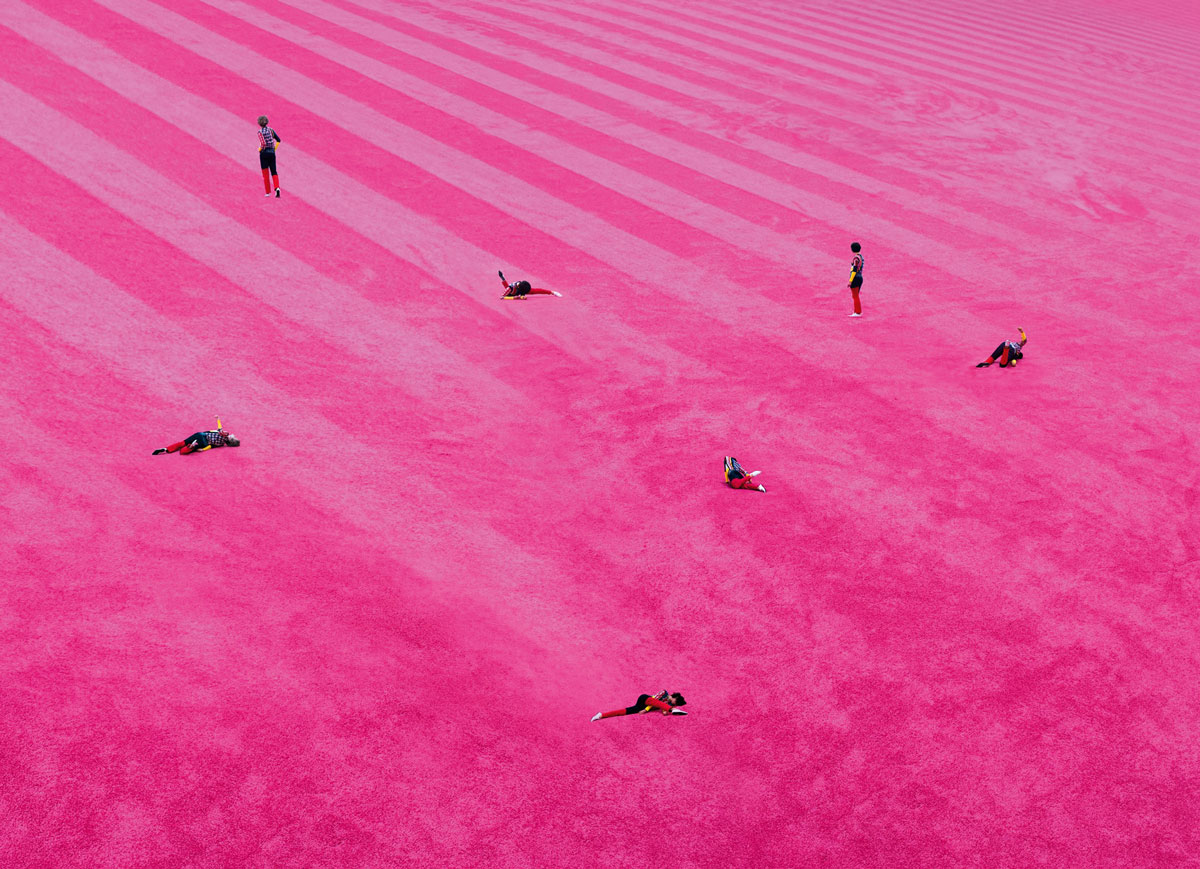
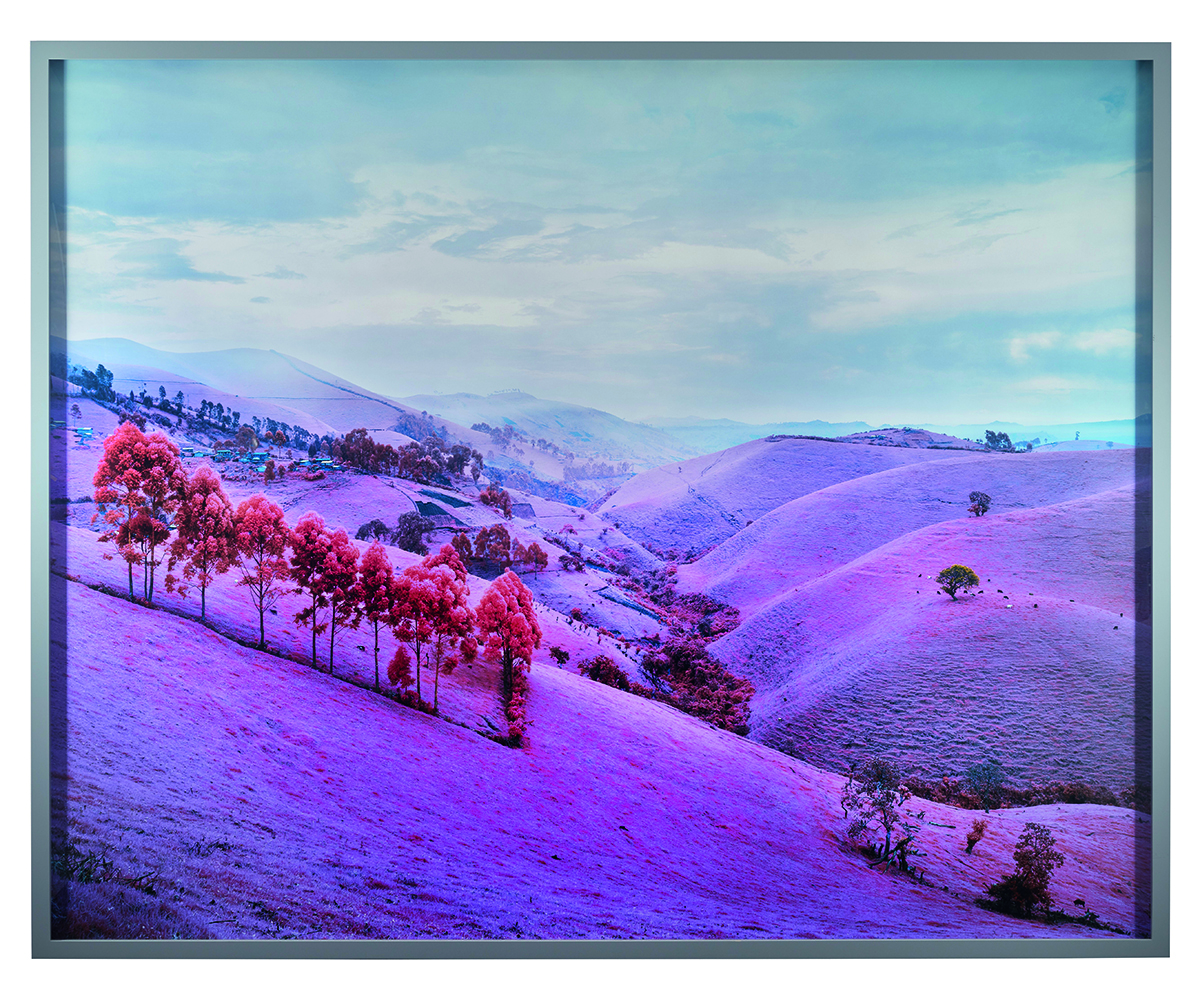
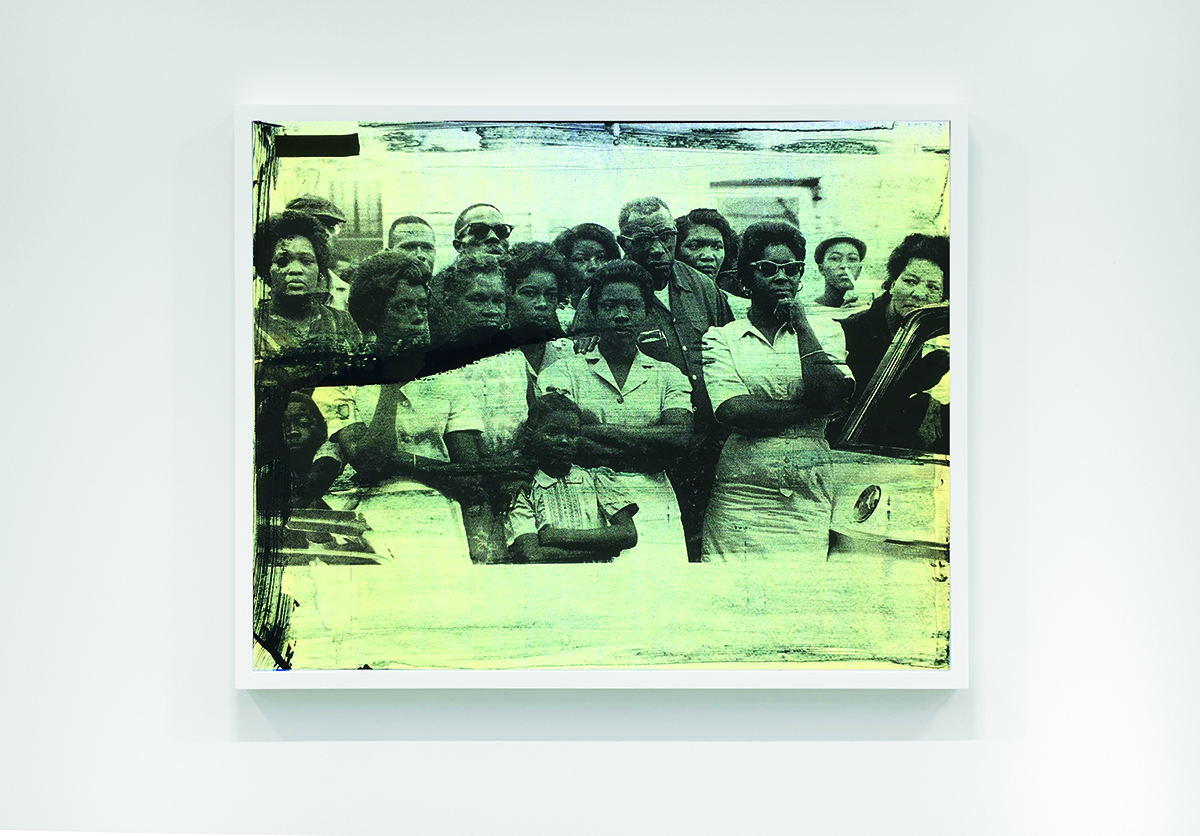
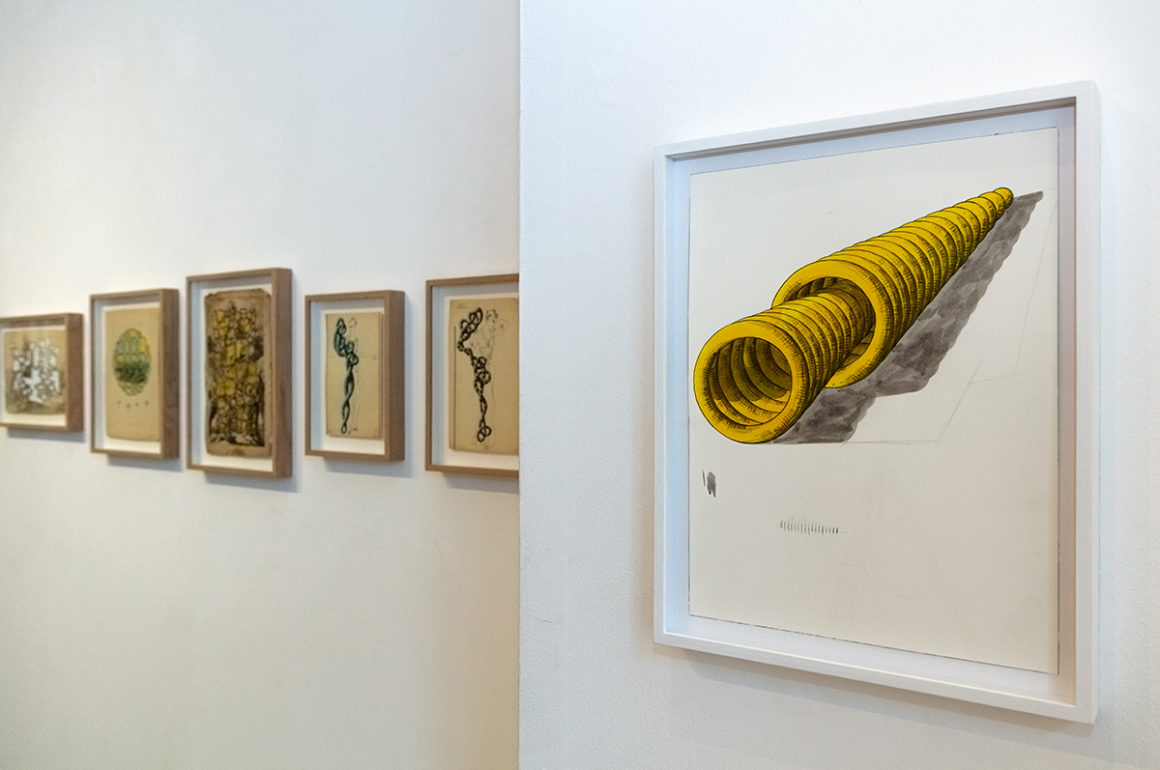
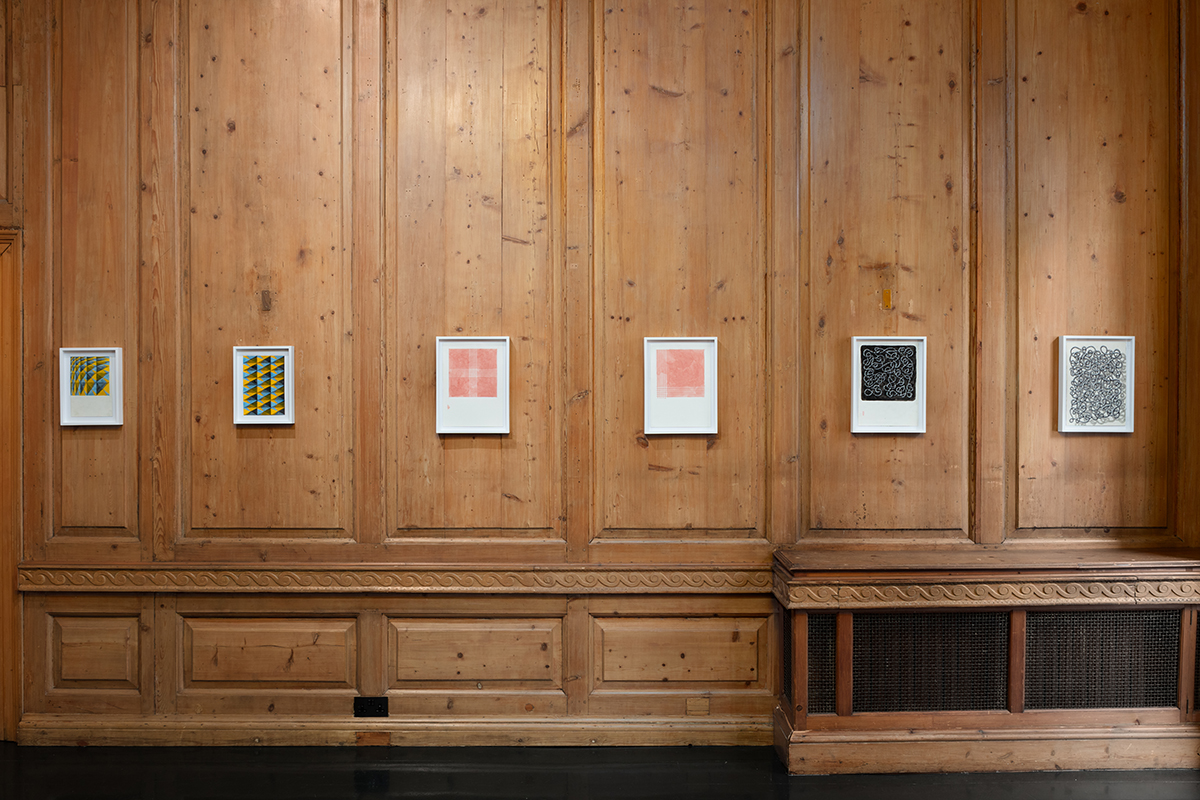
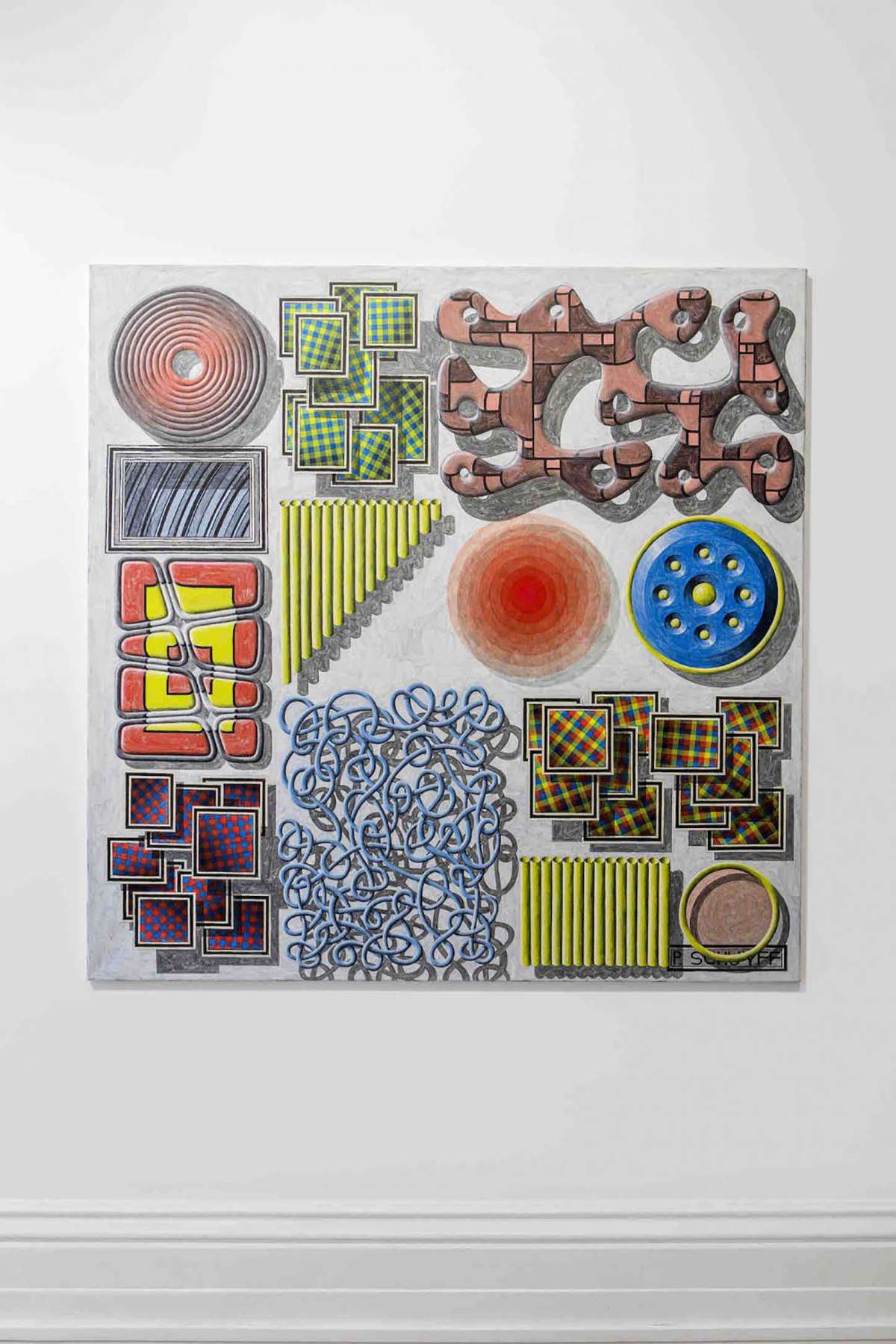
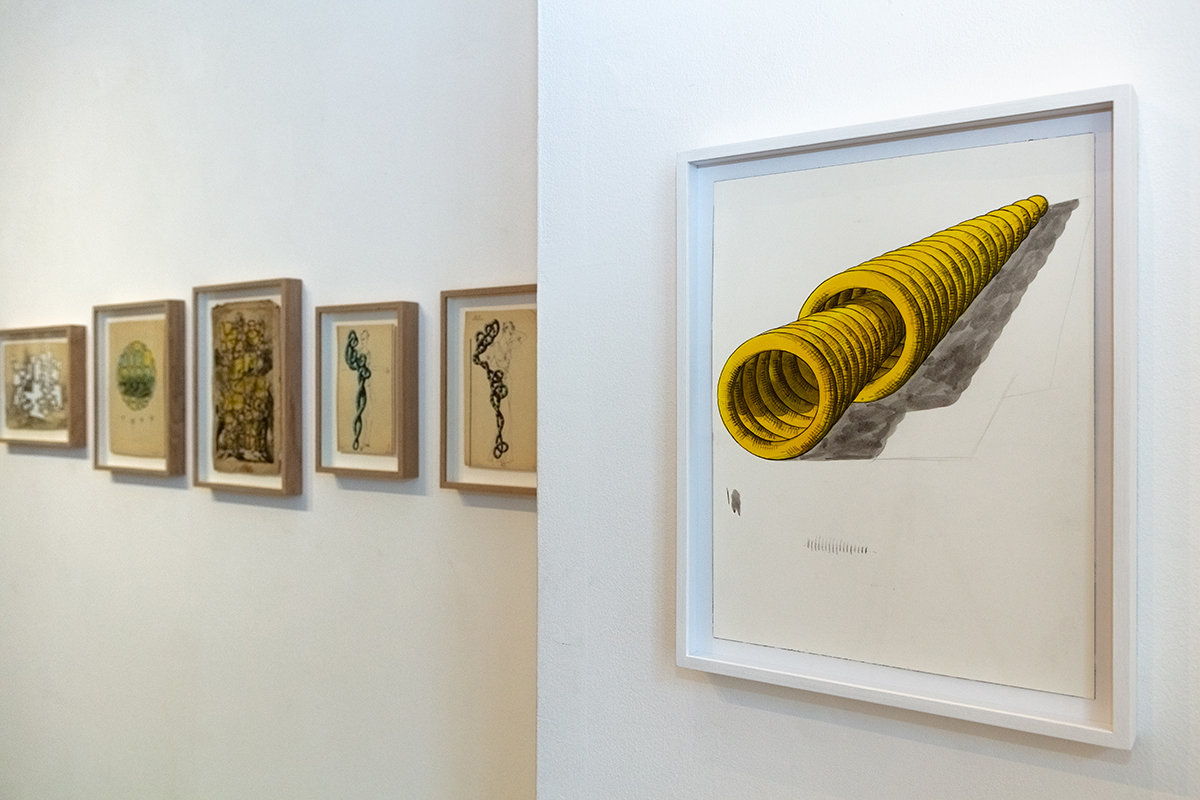
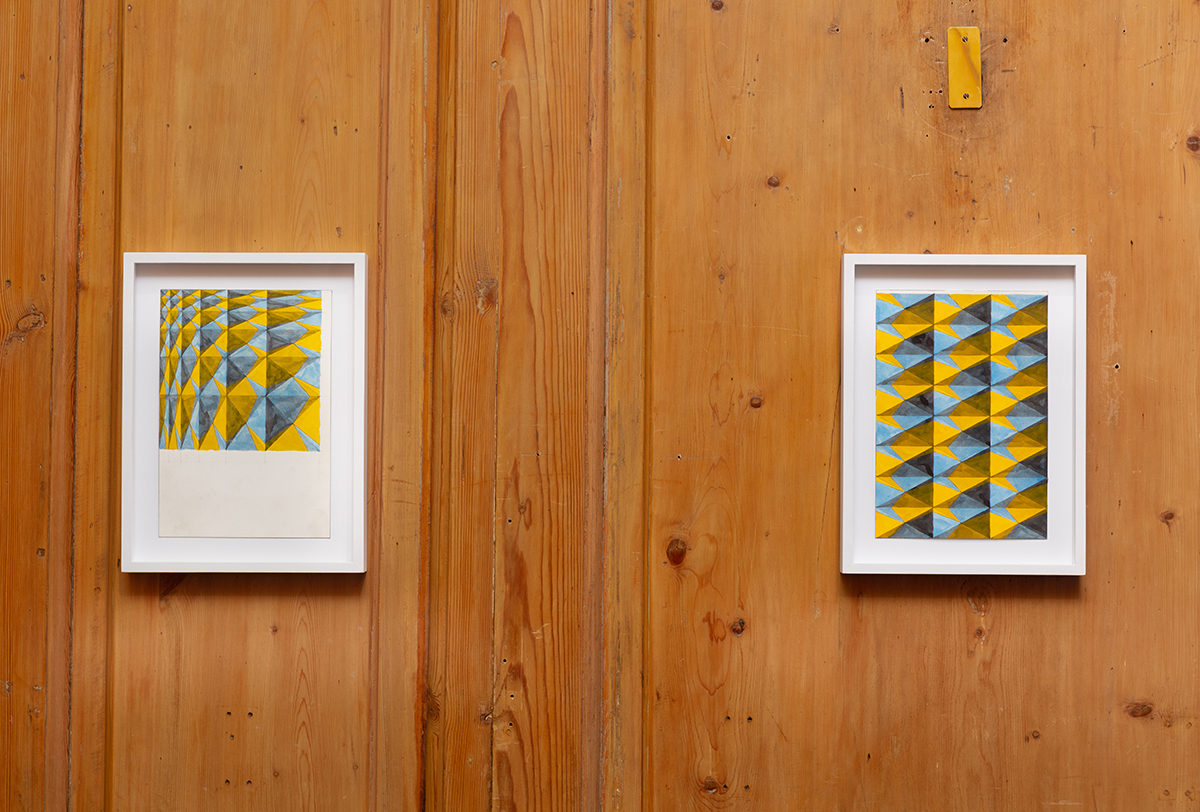

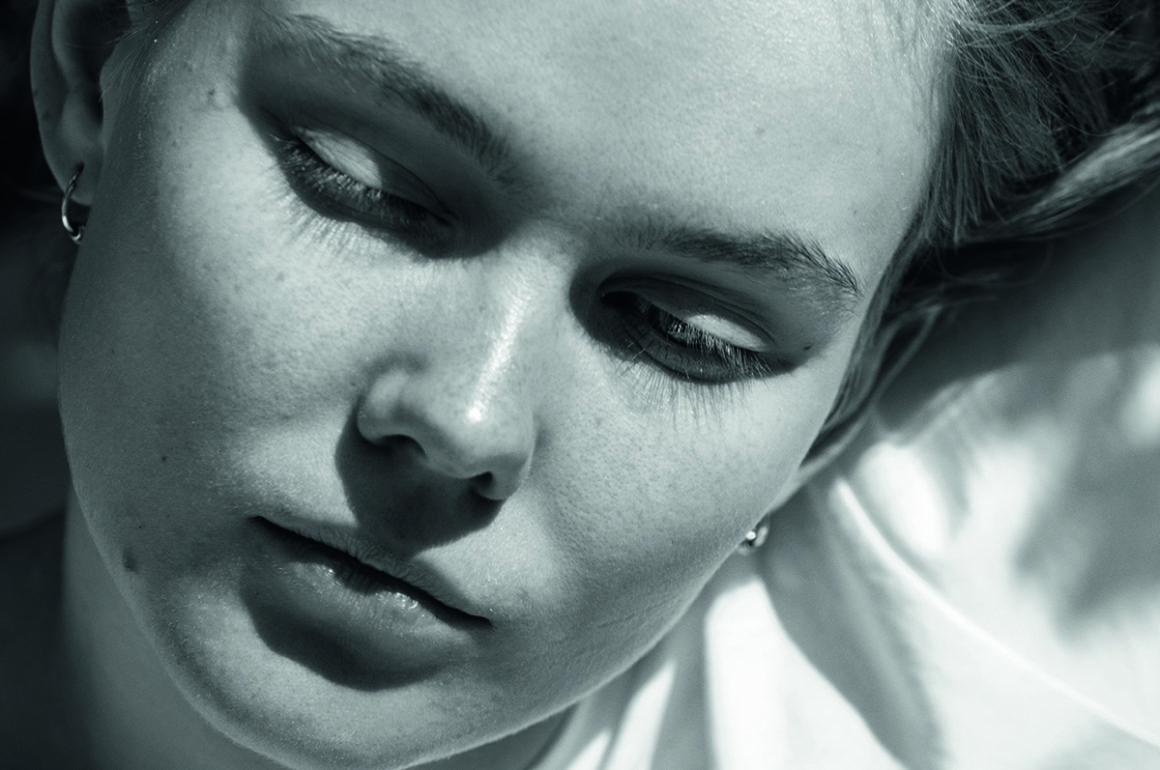
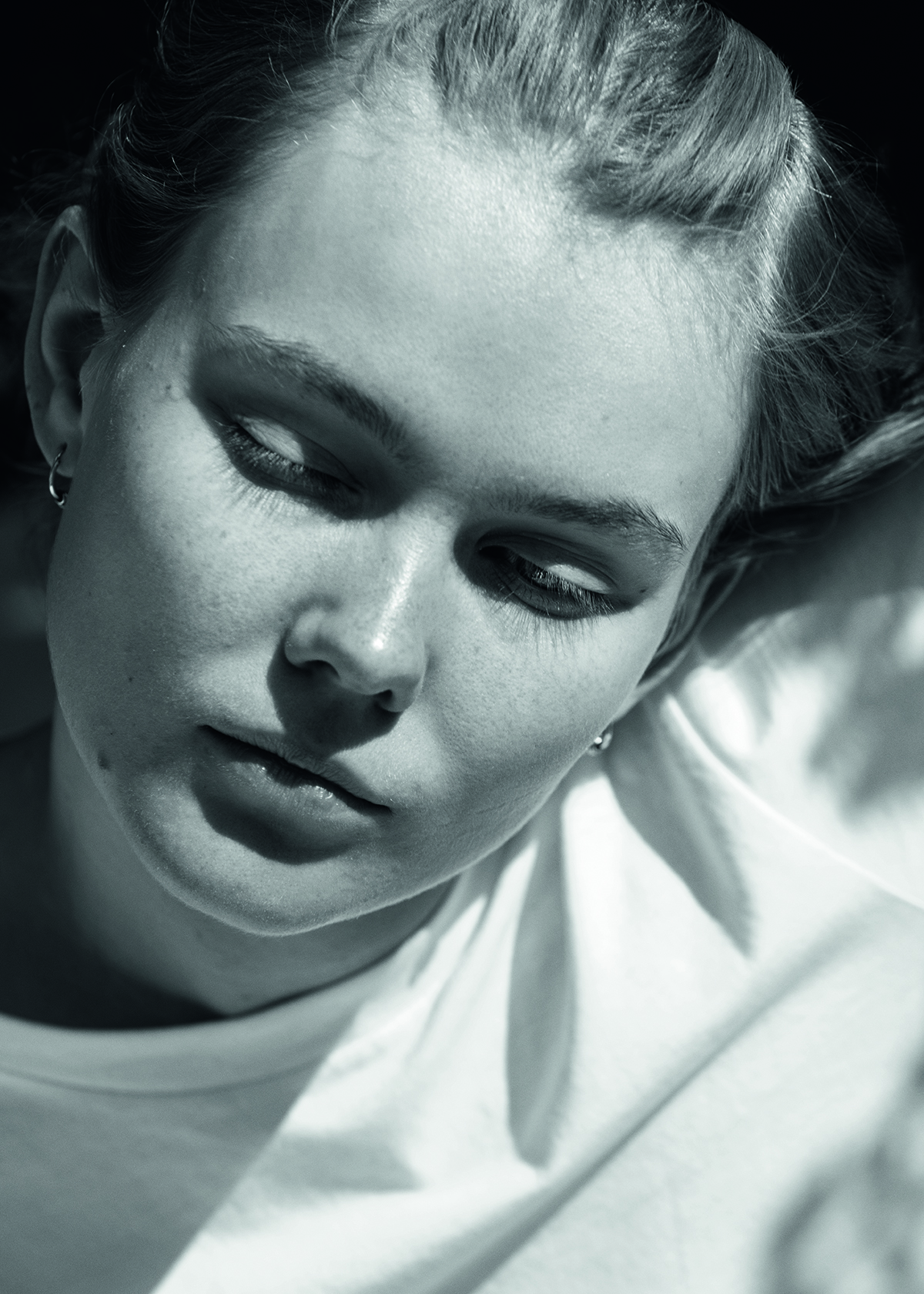
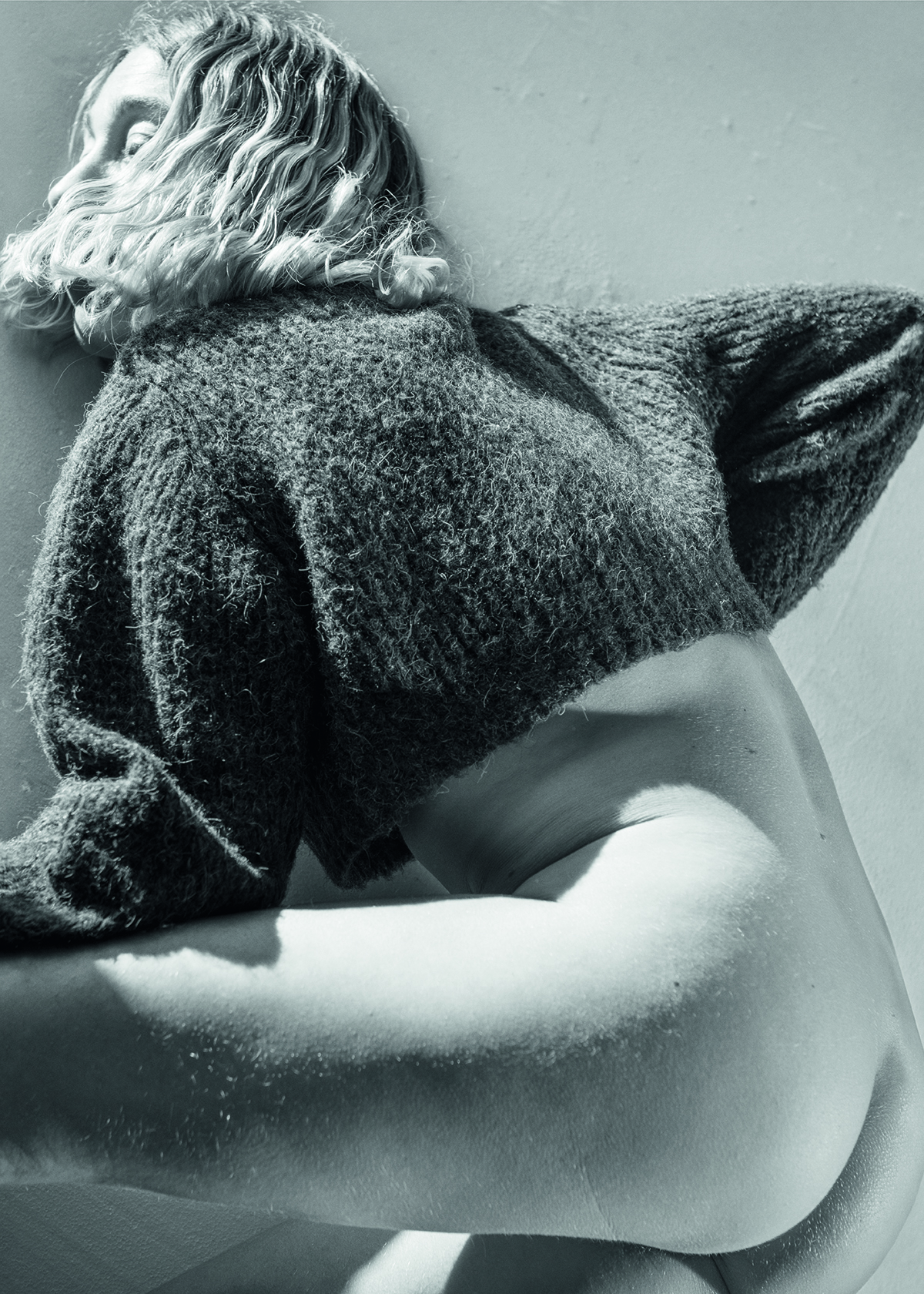





Recent Comments